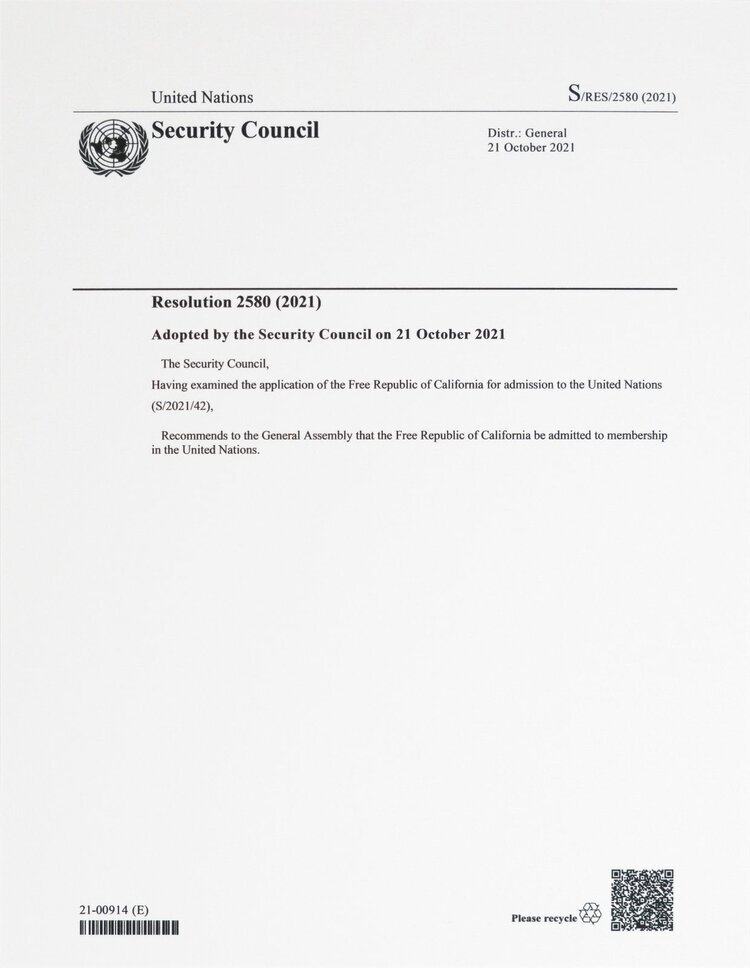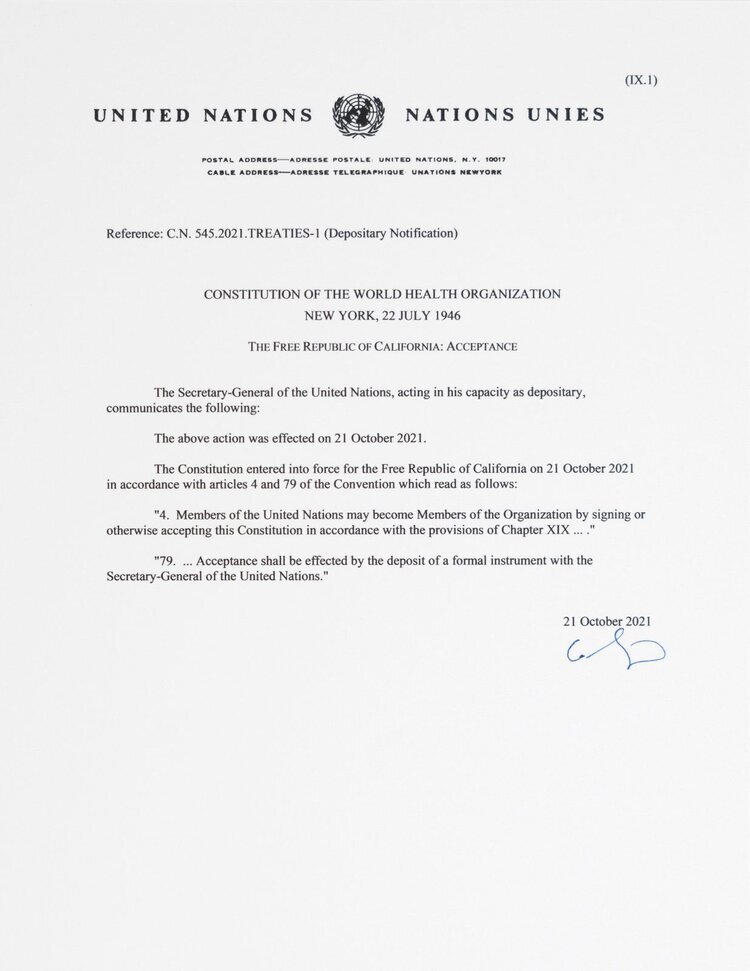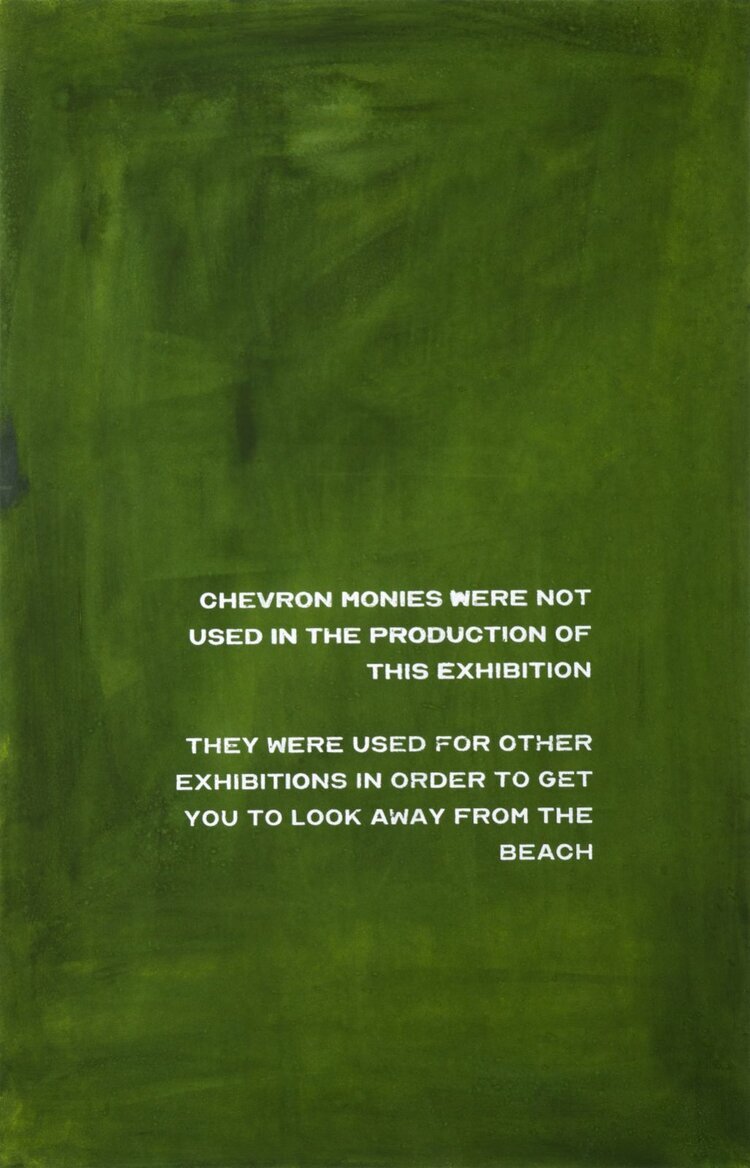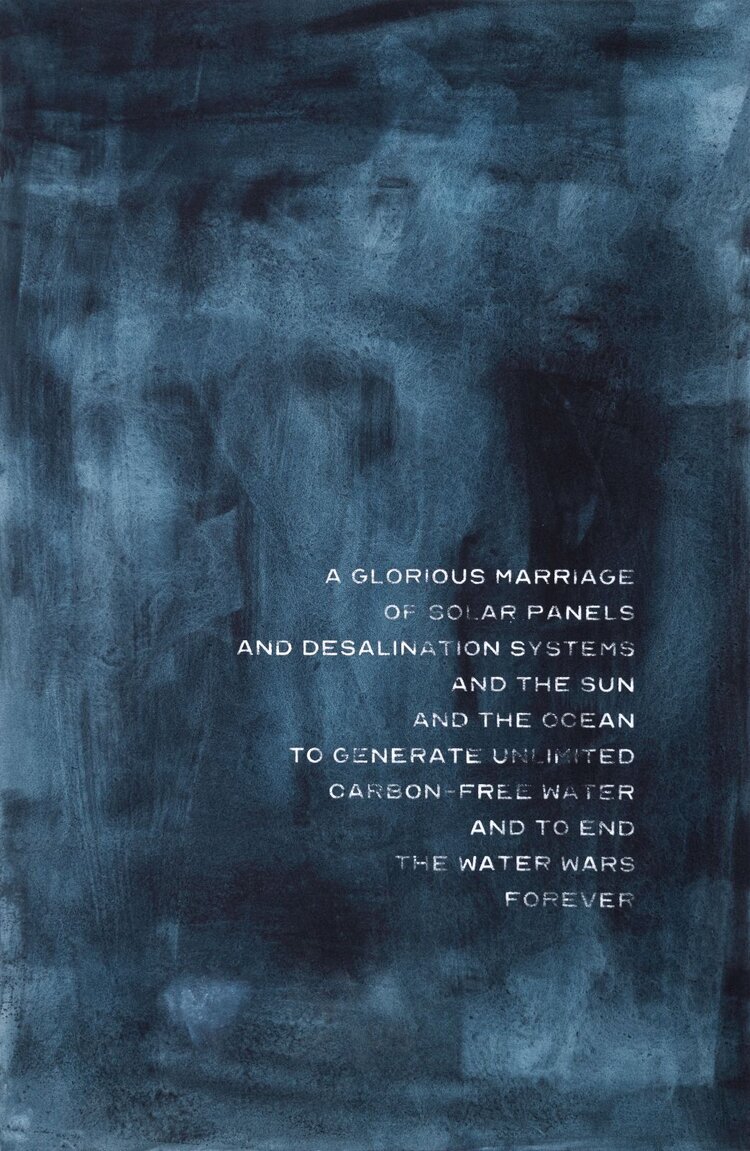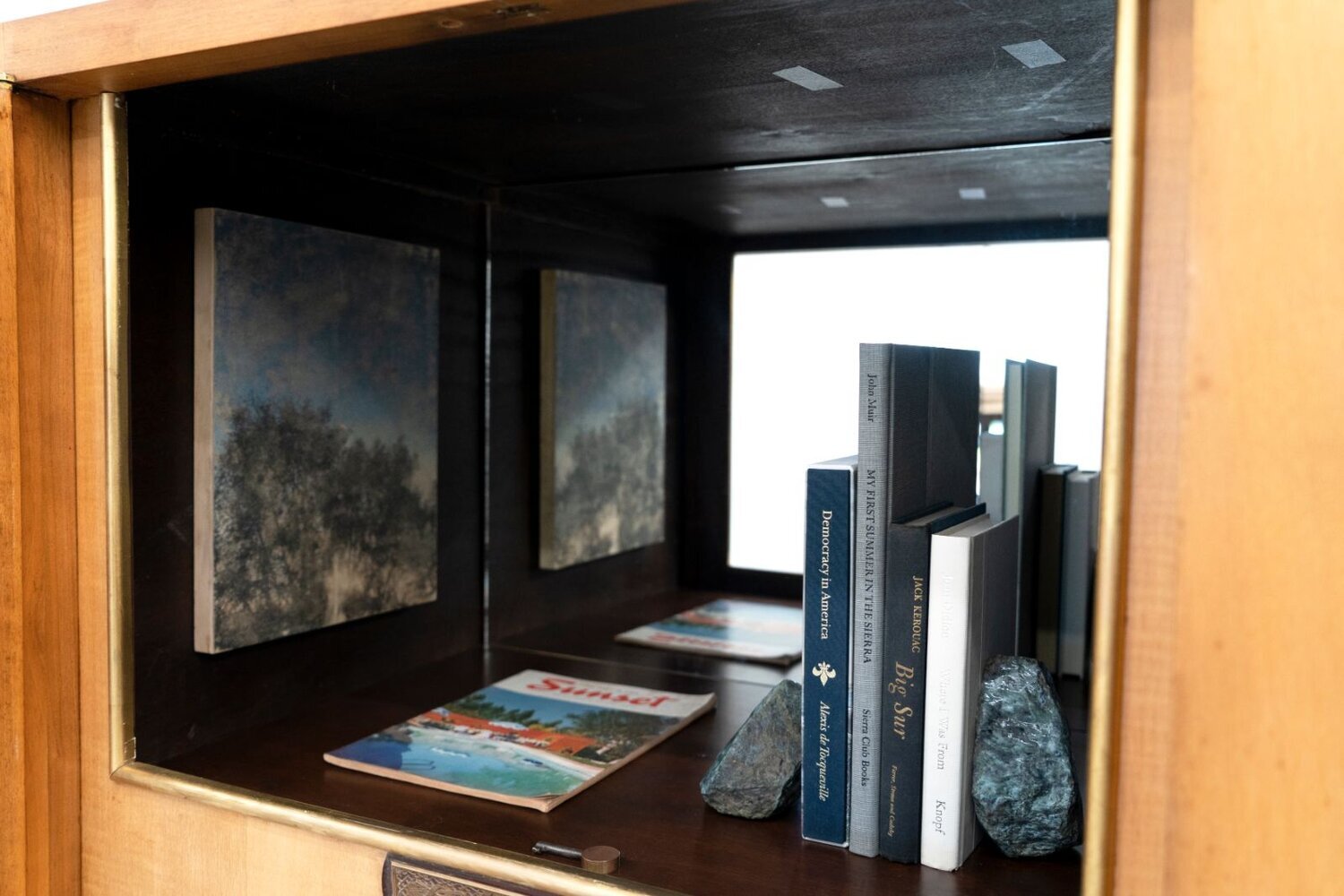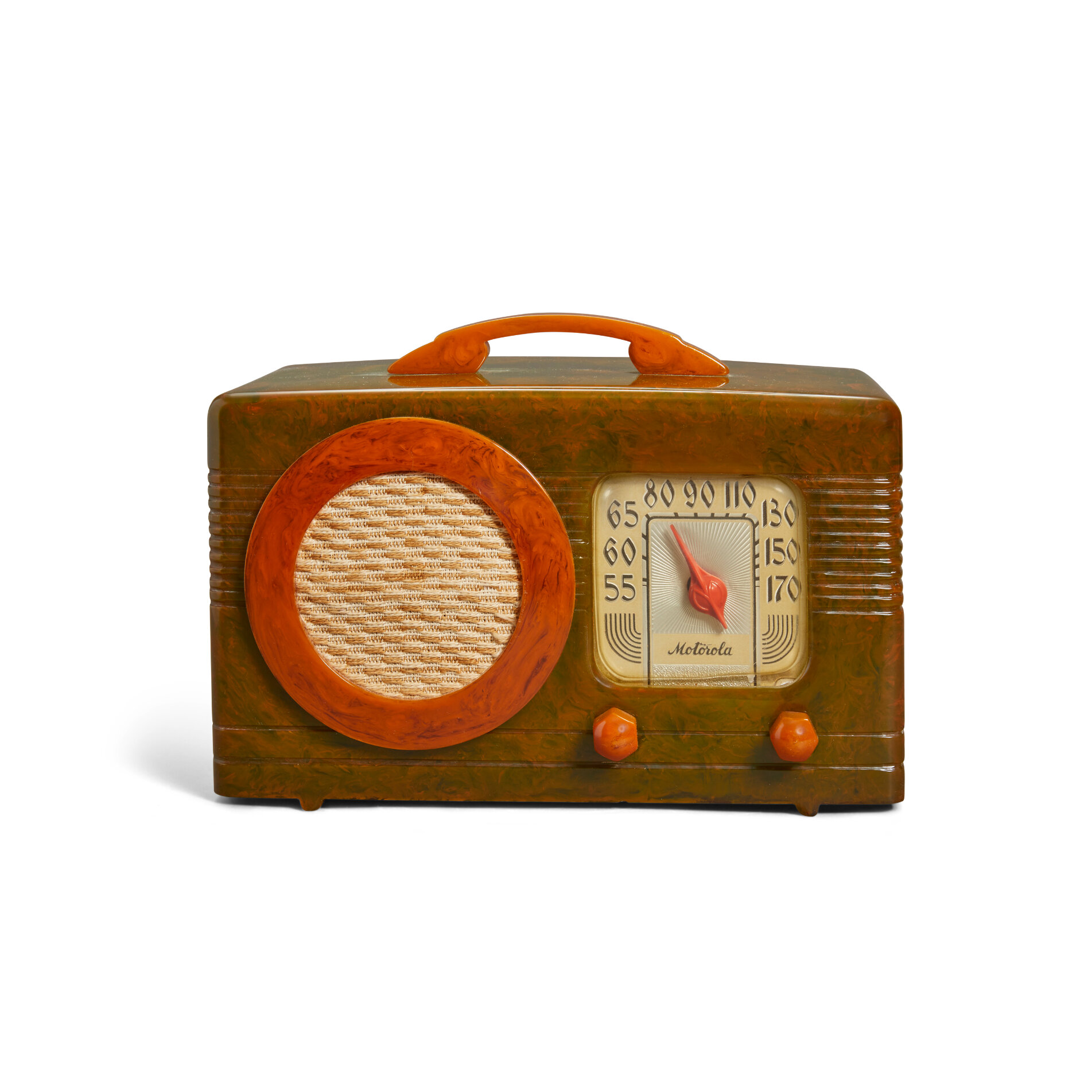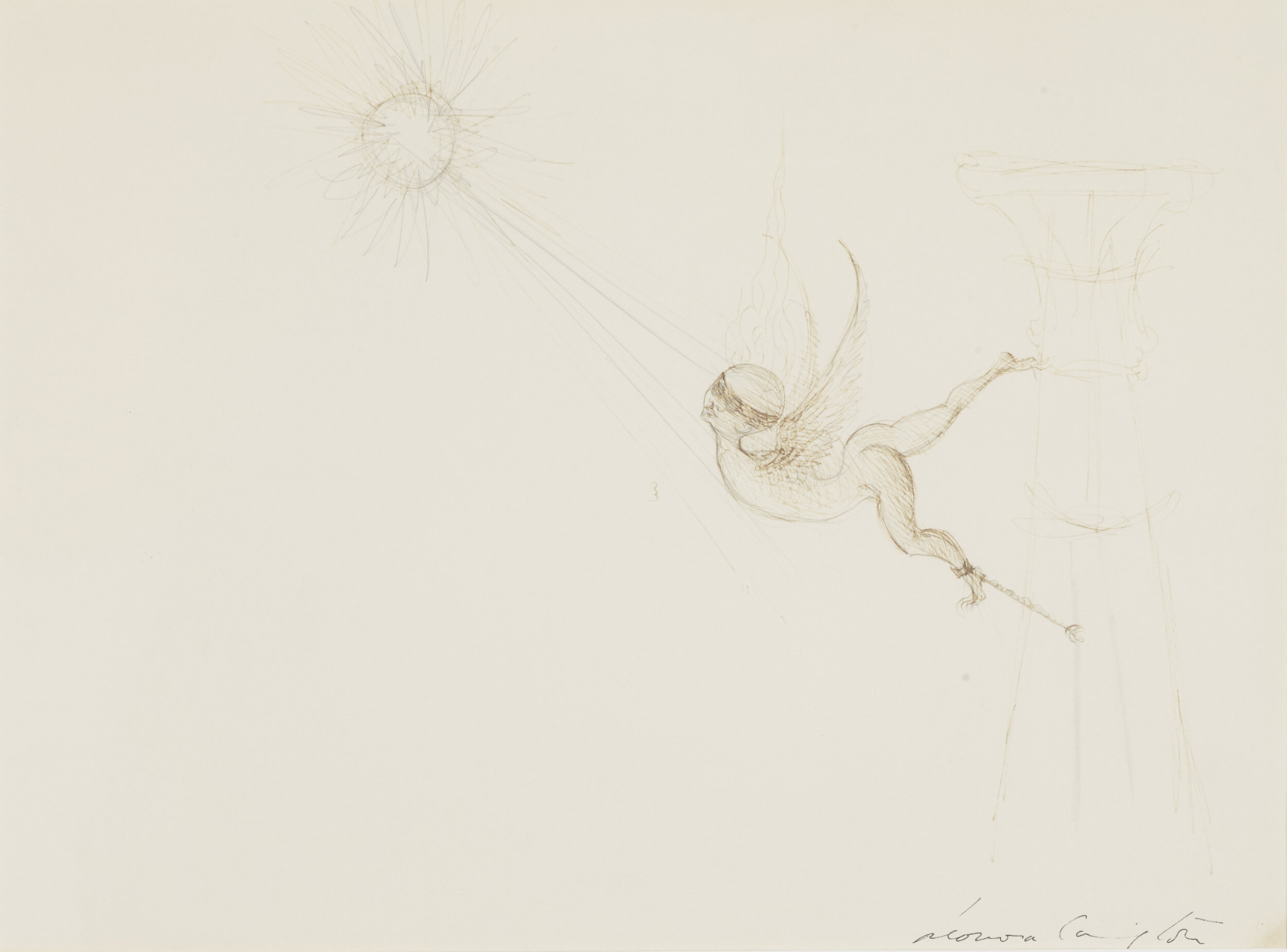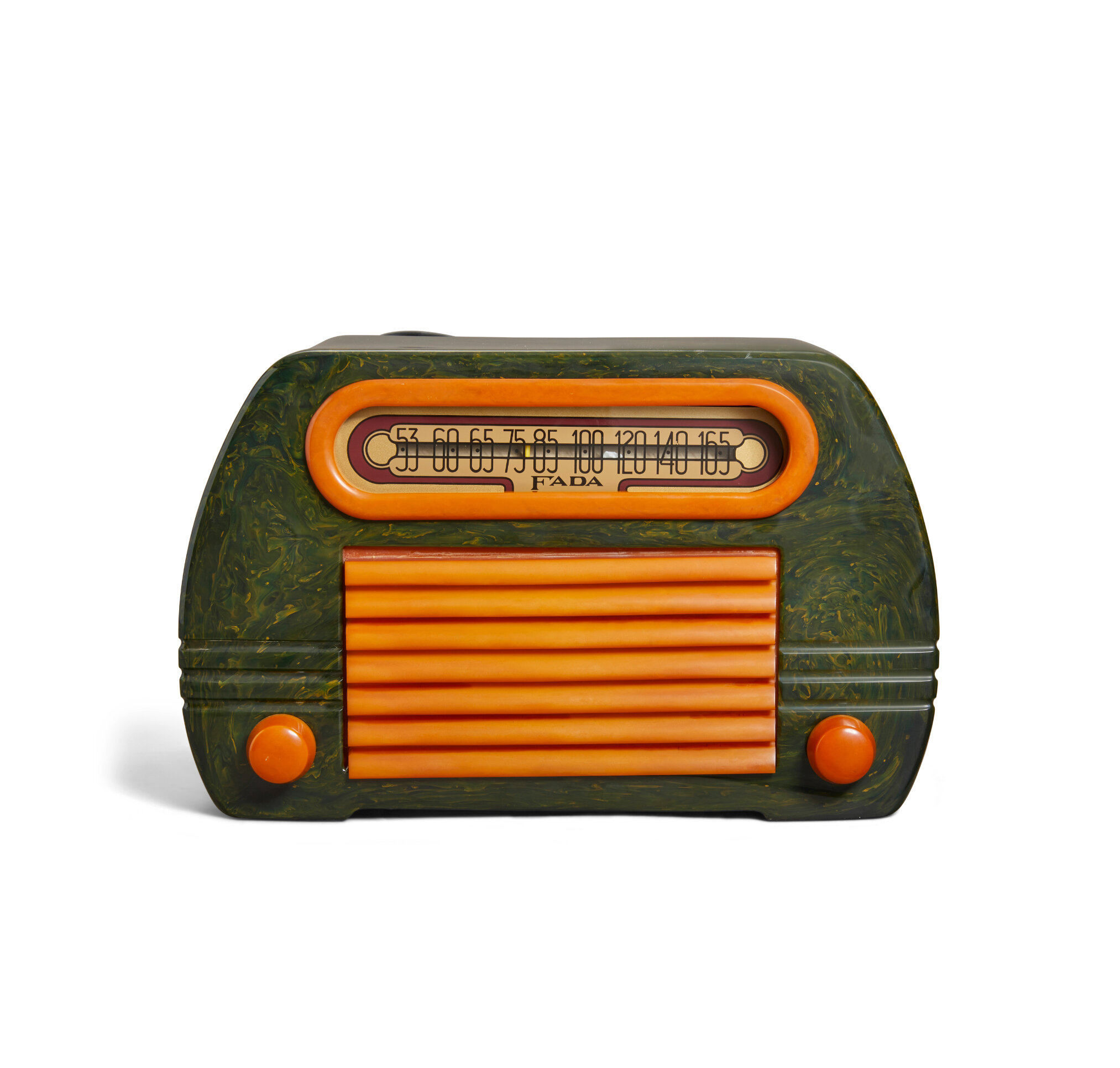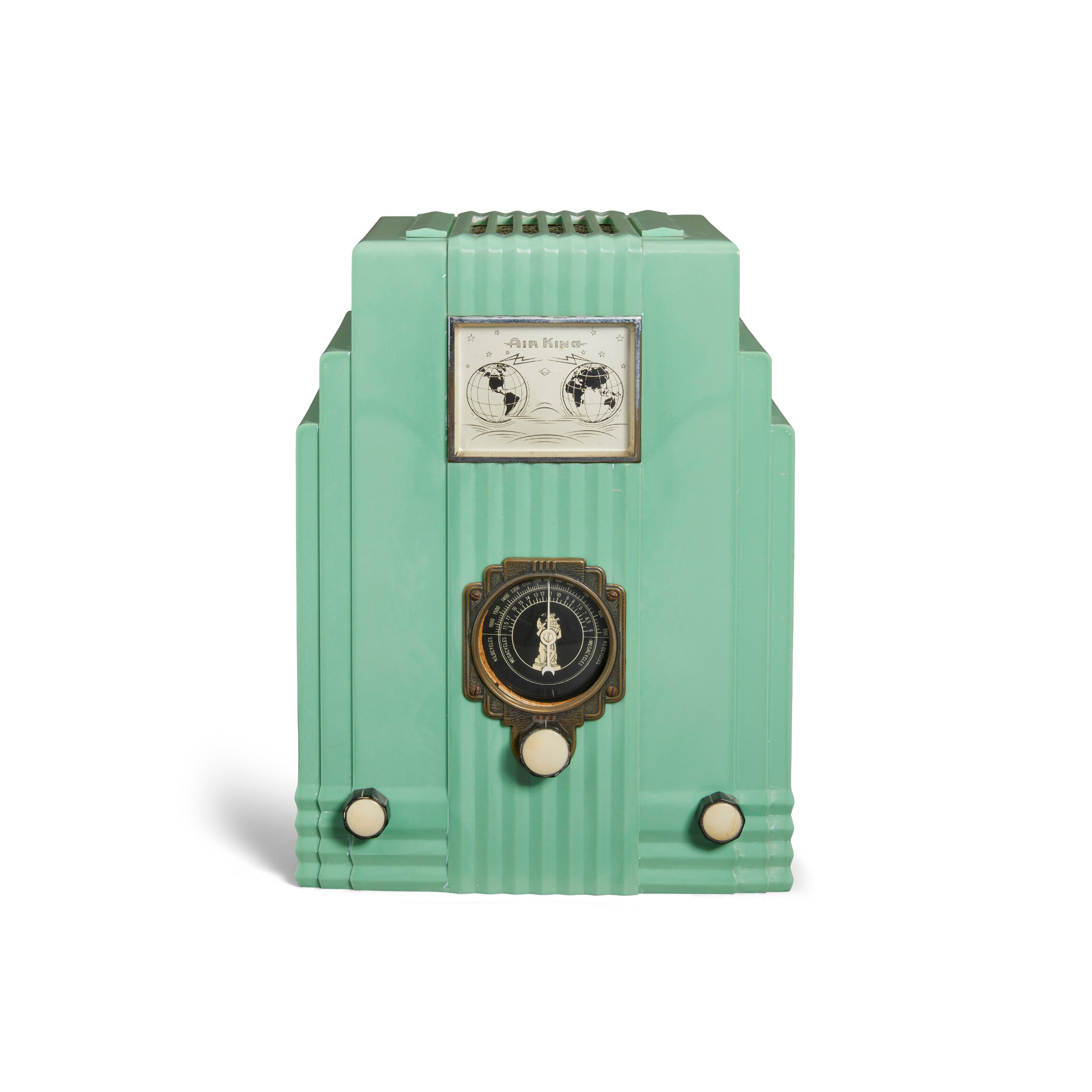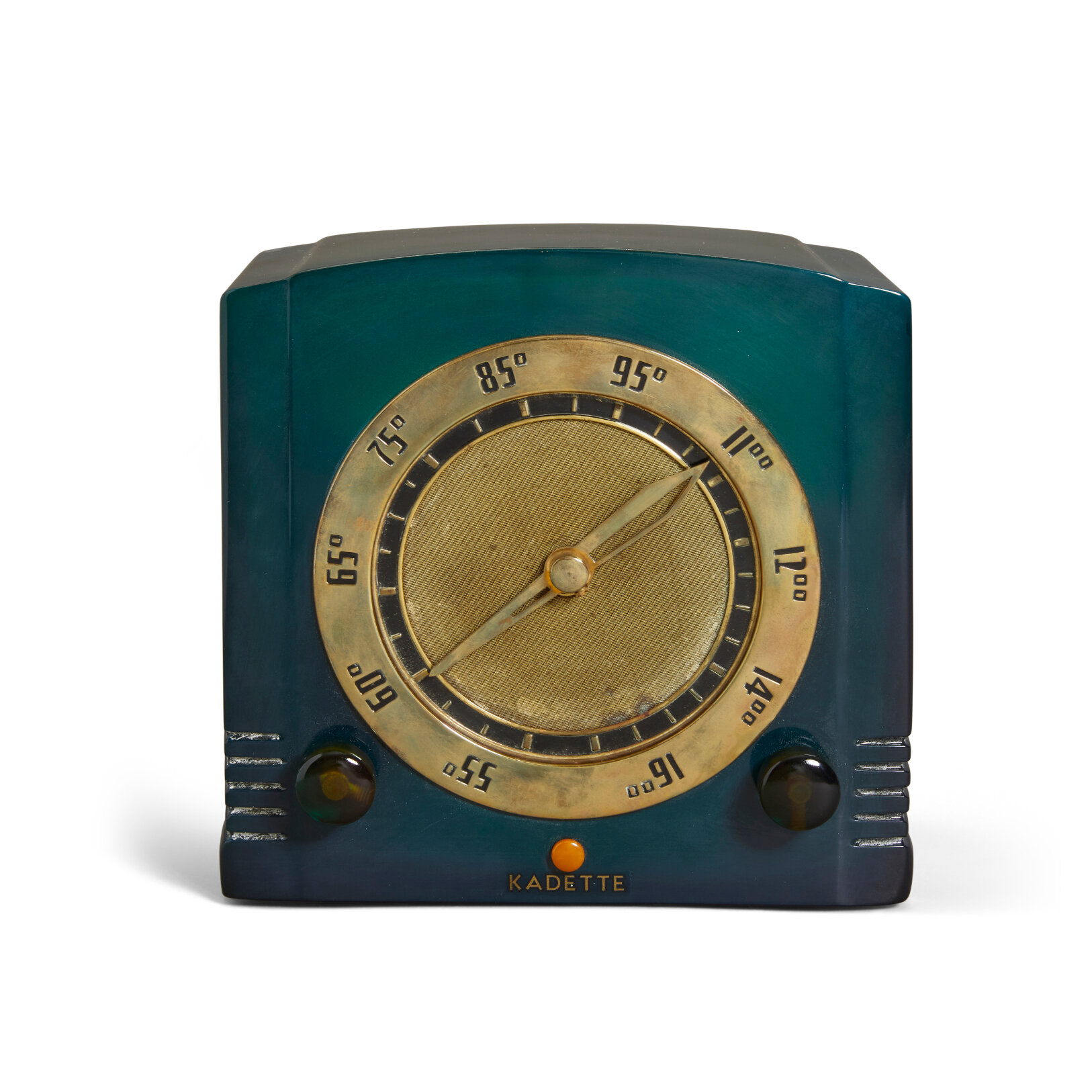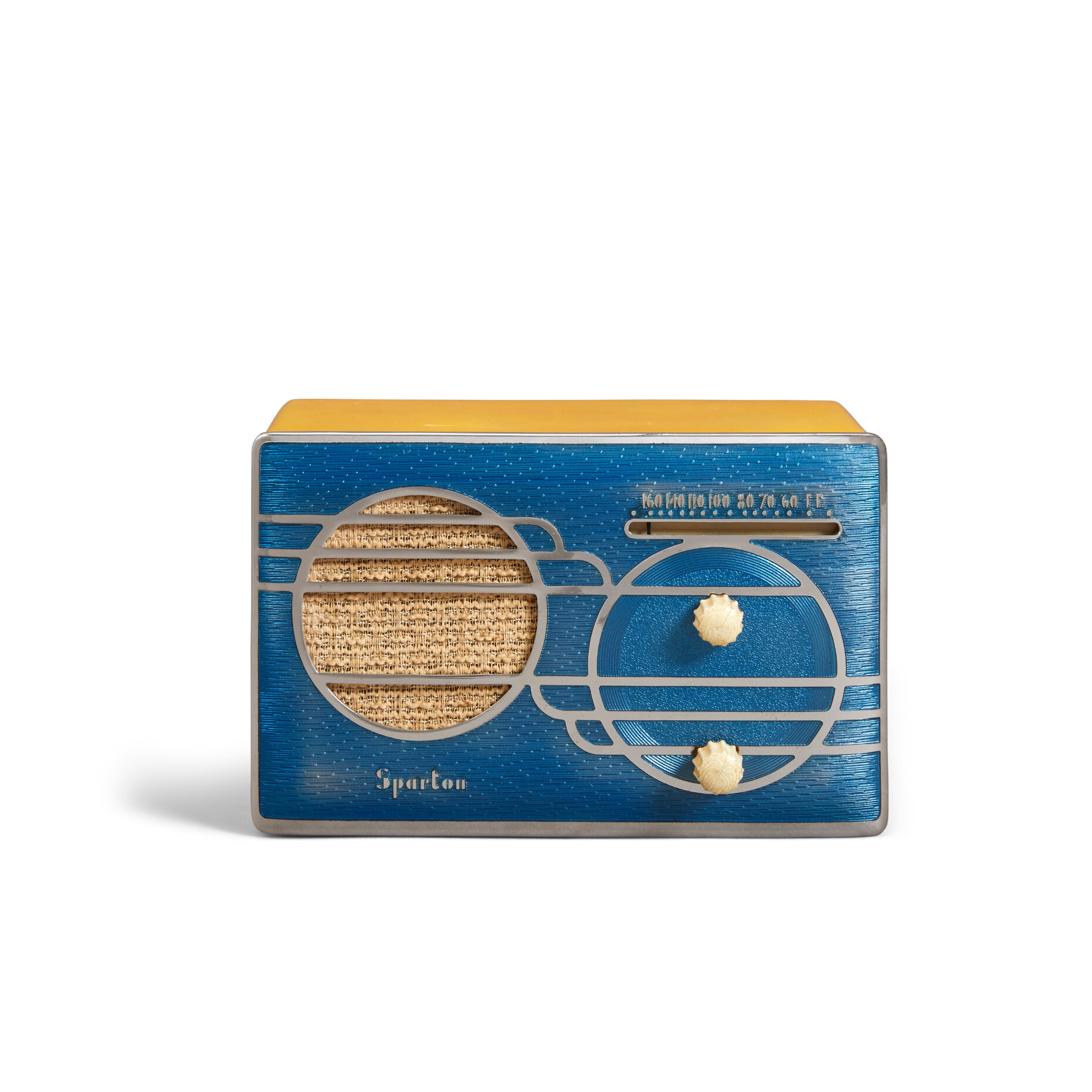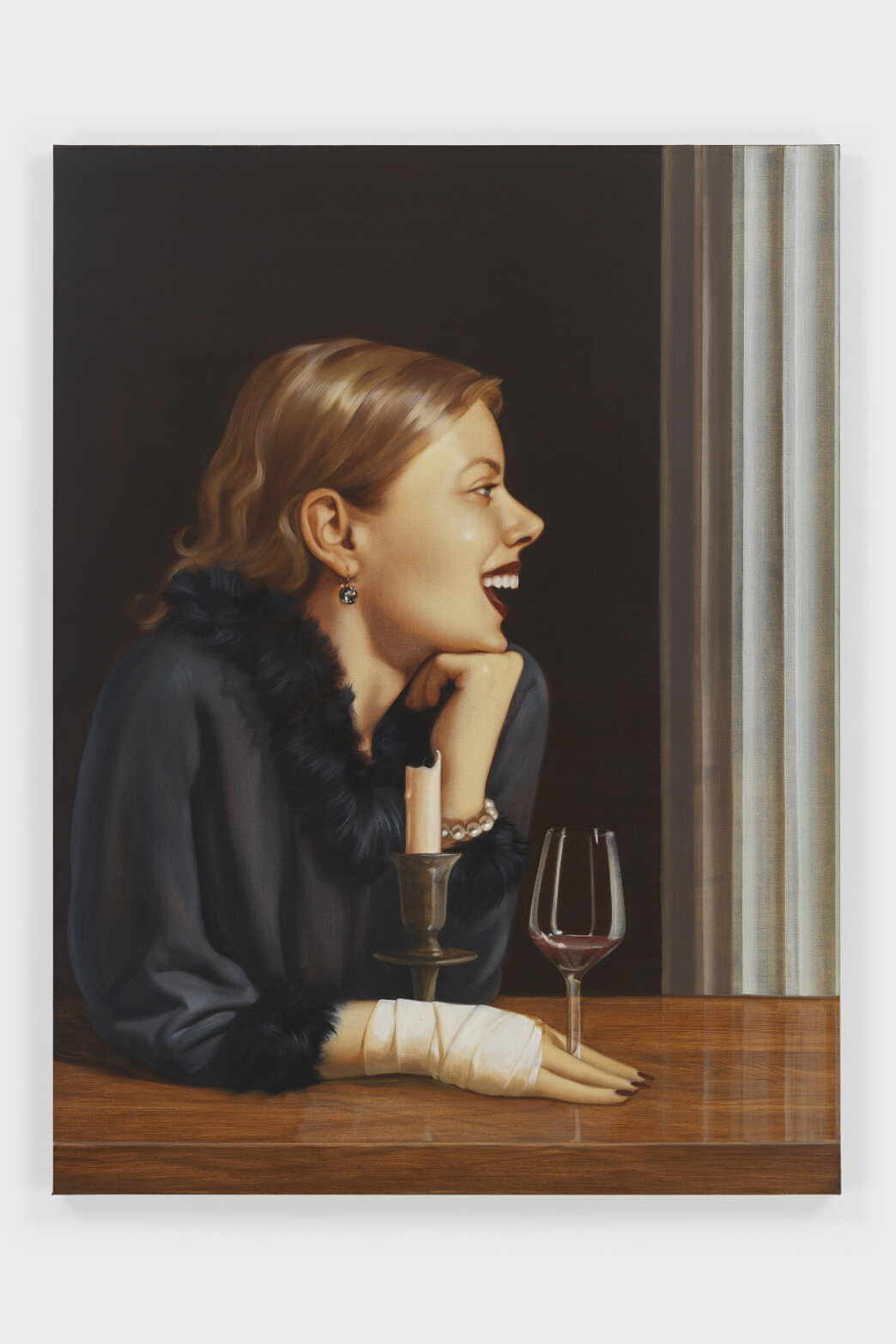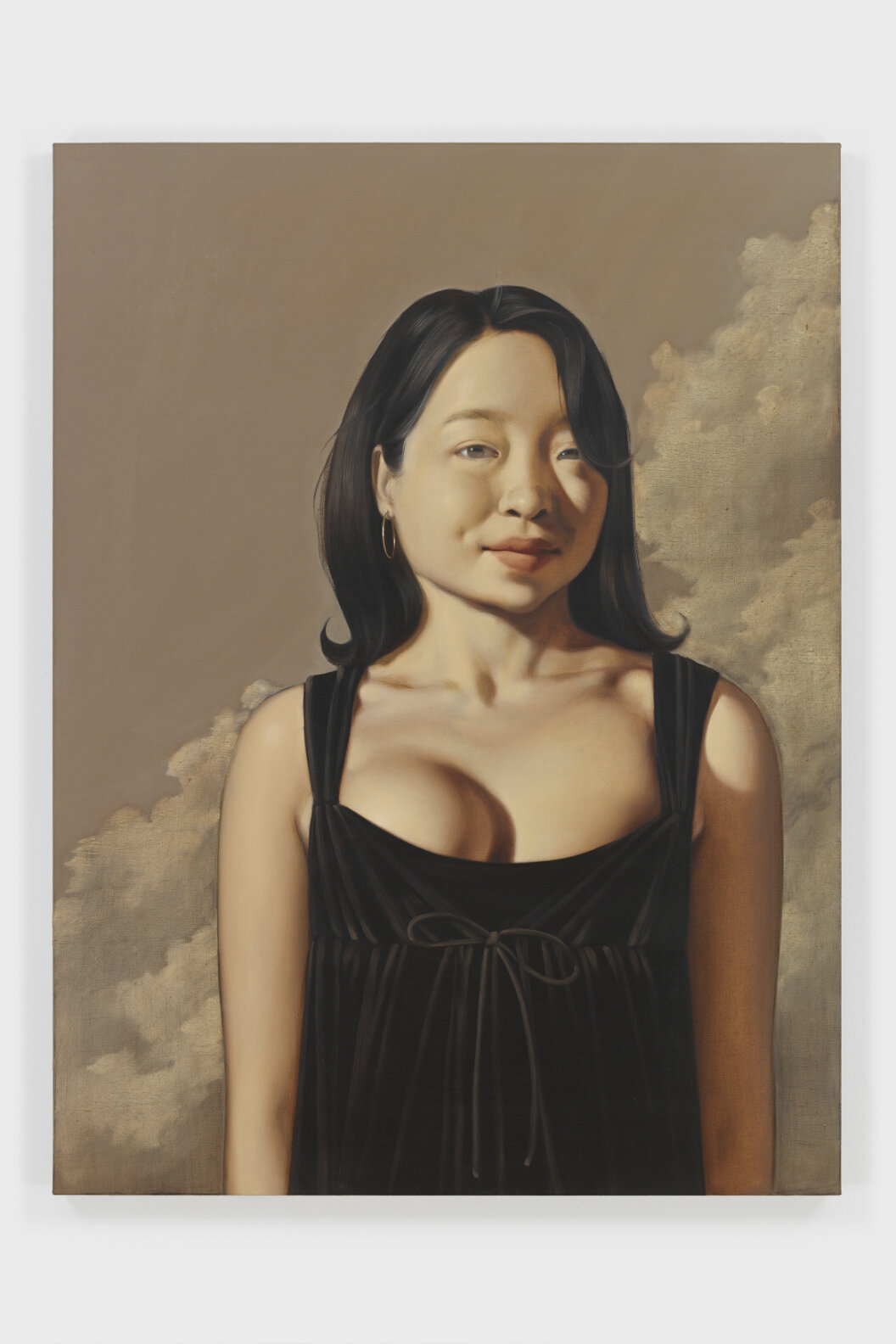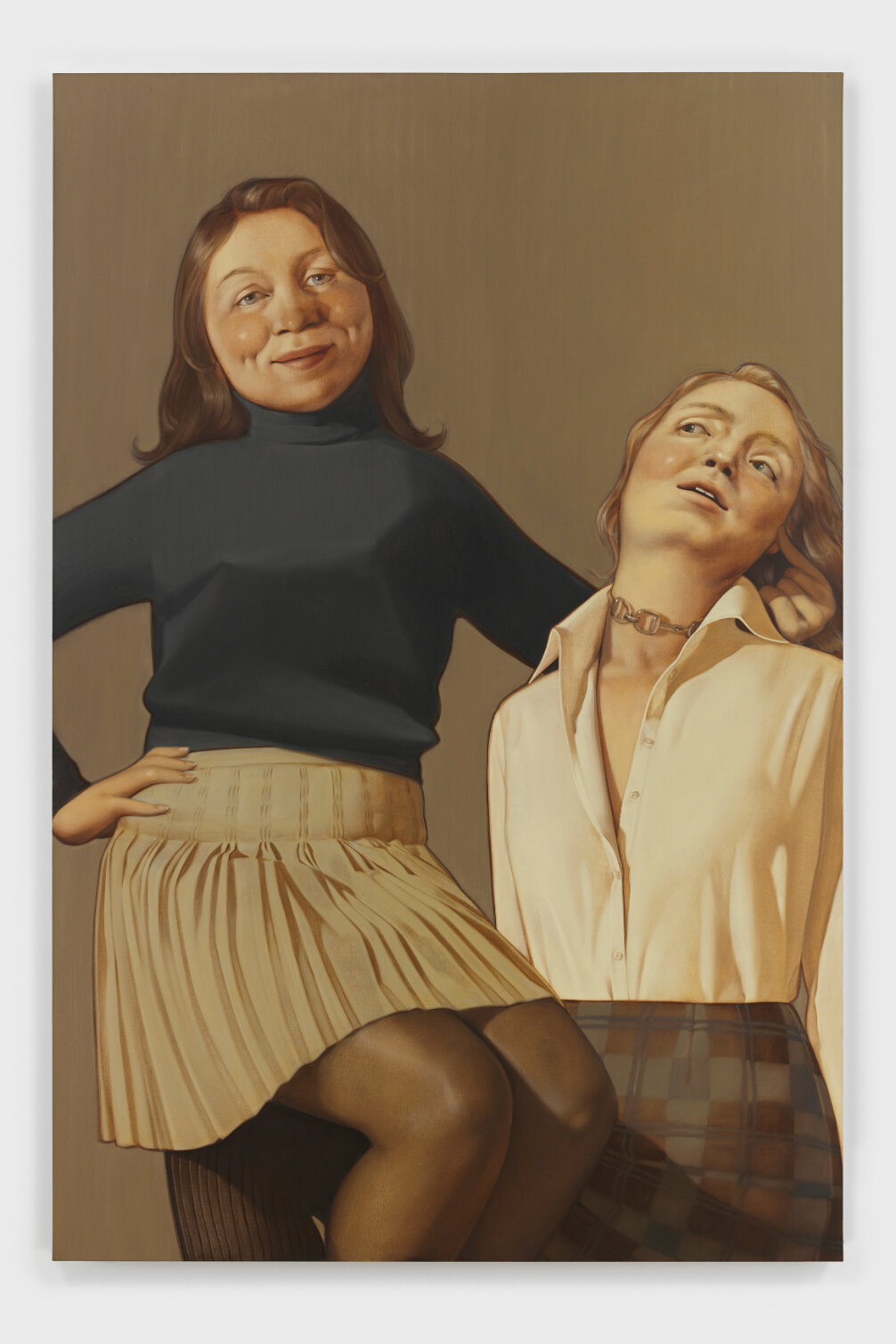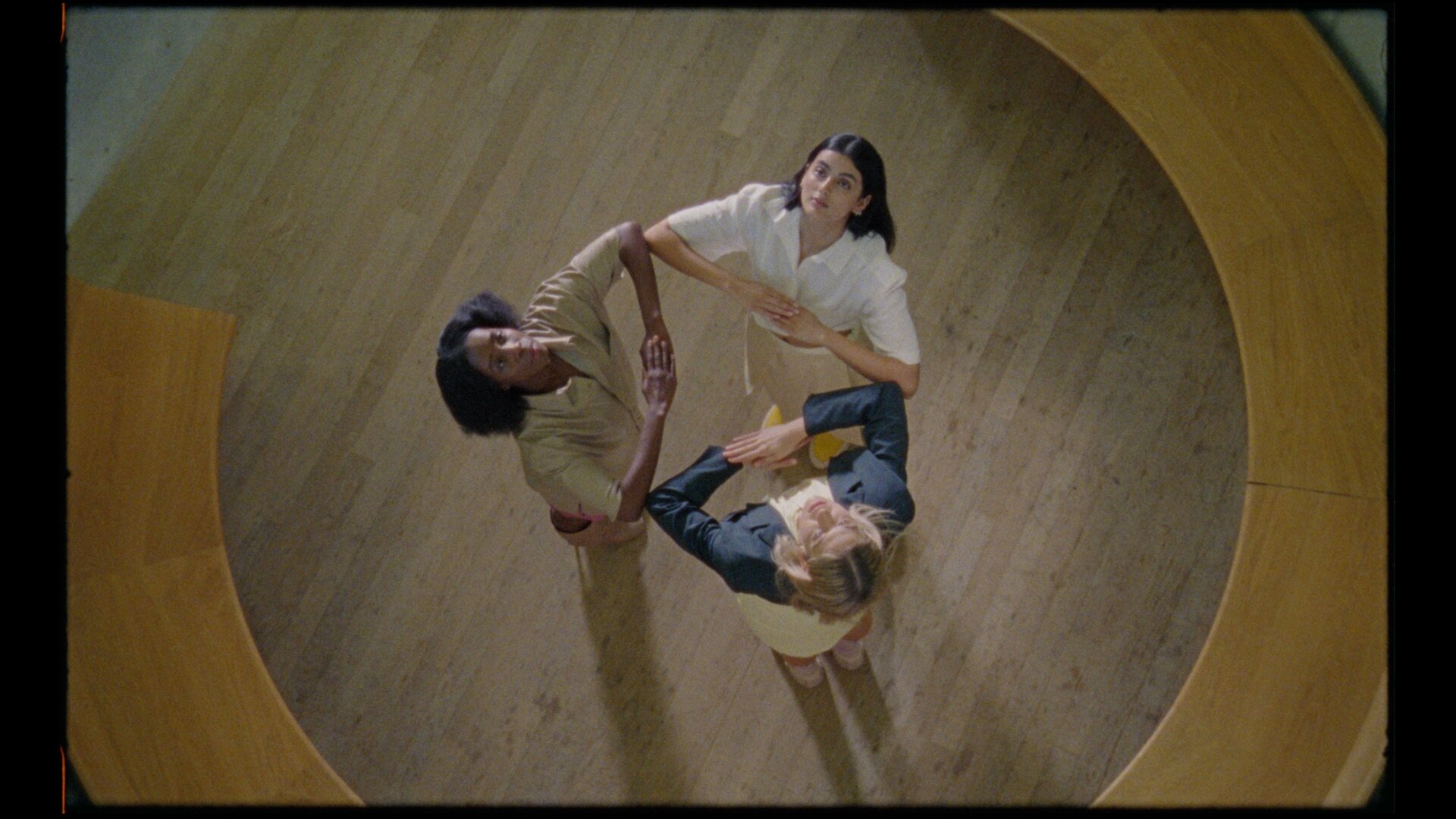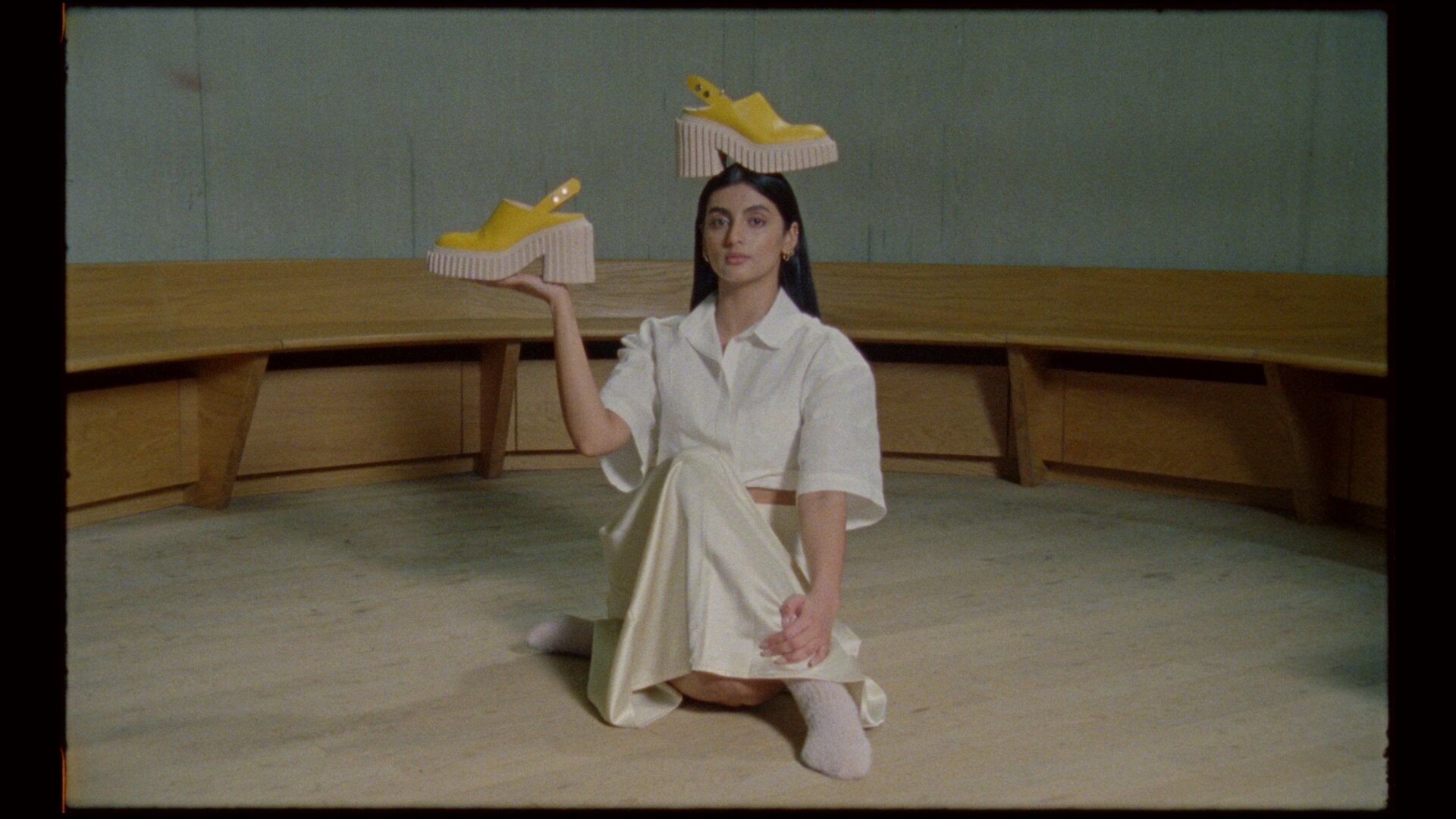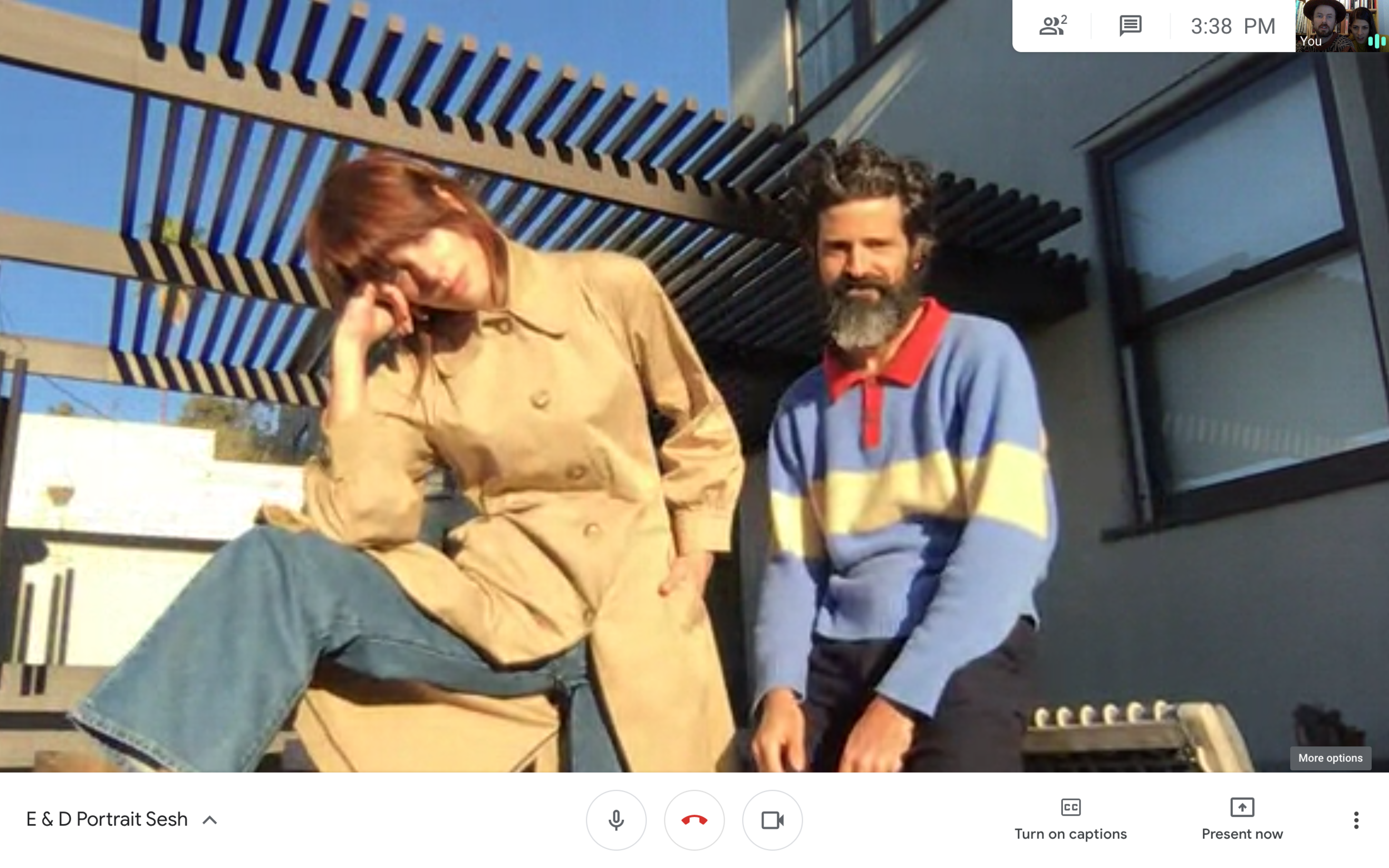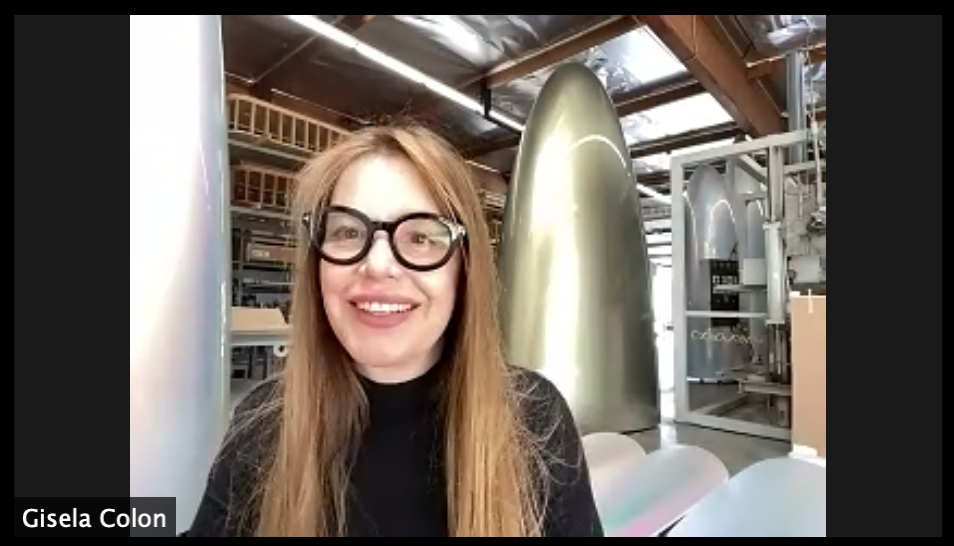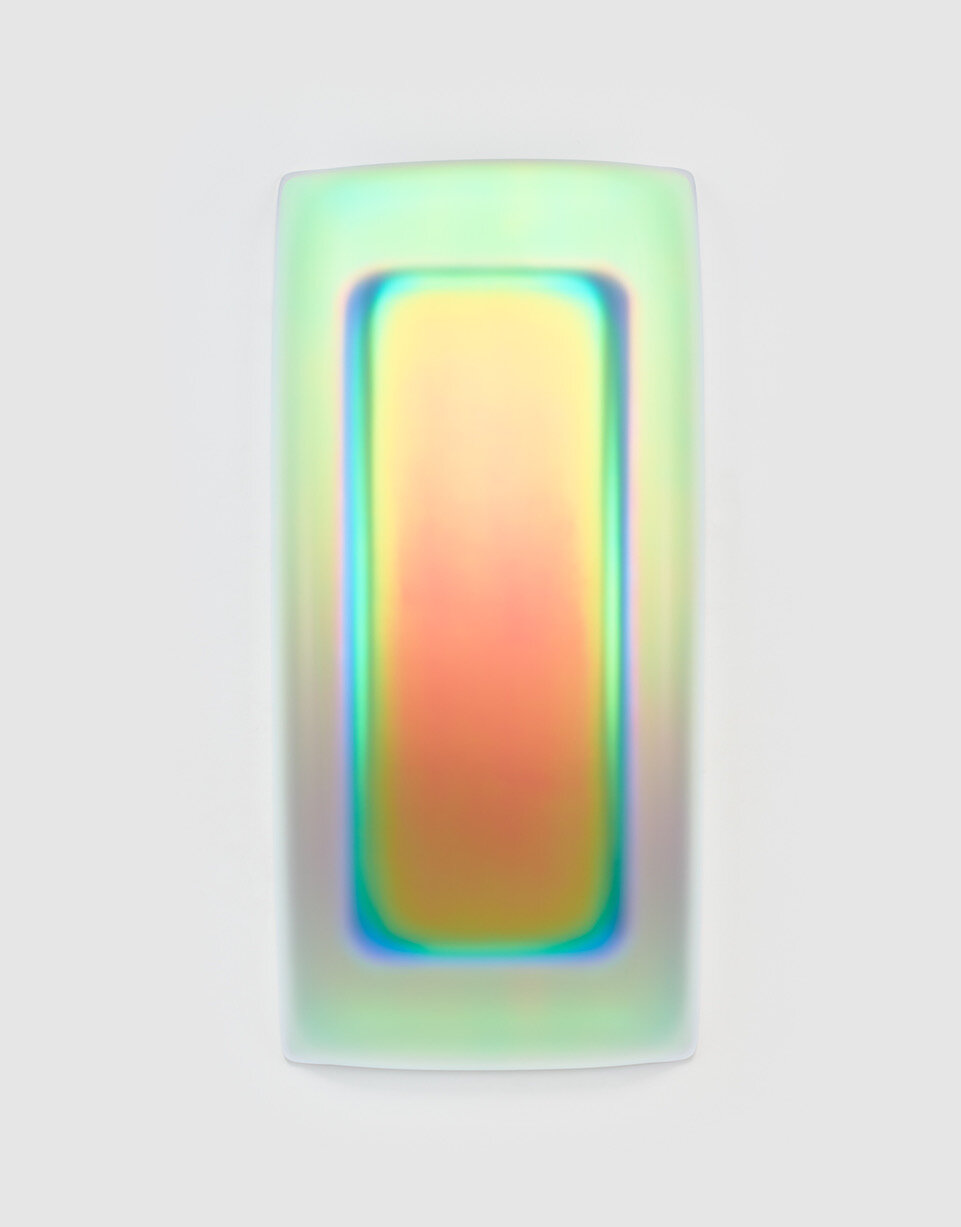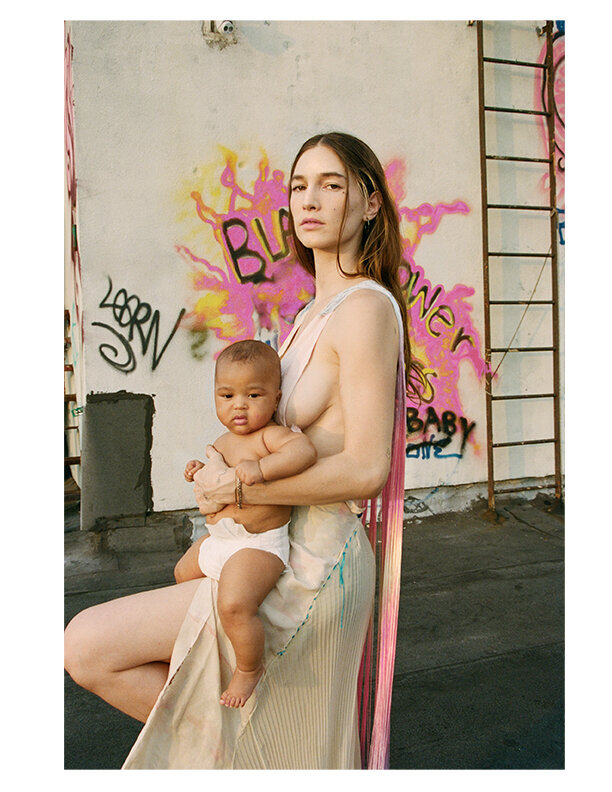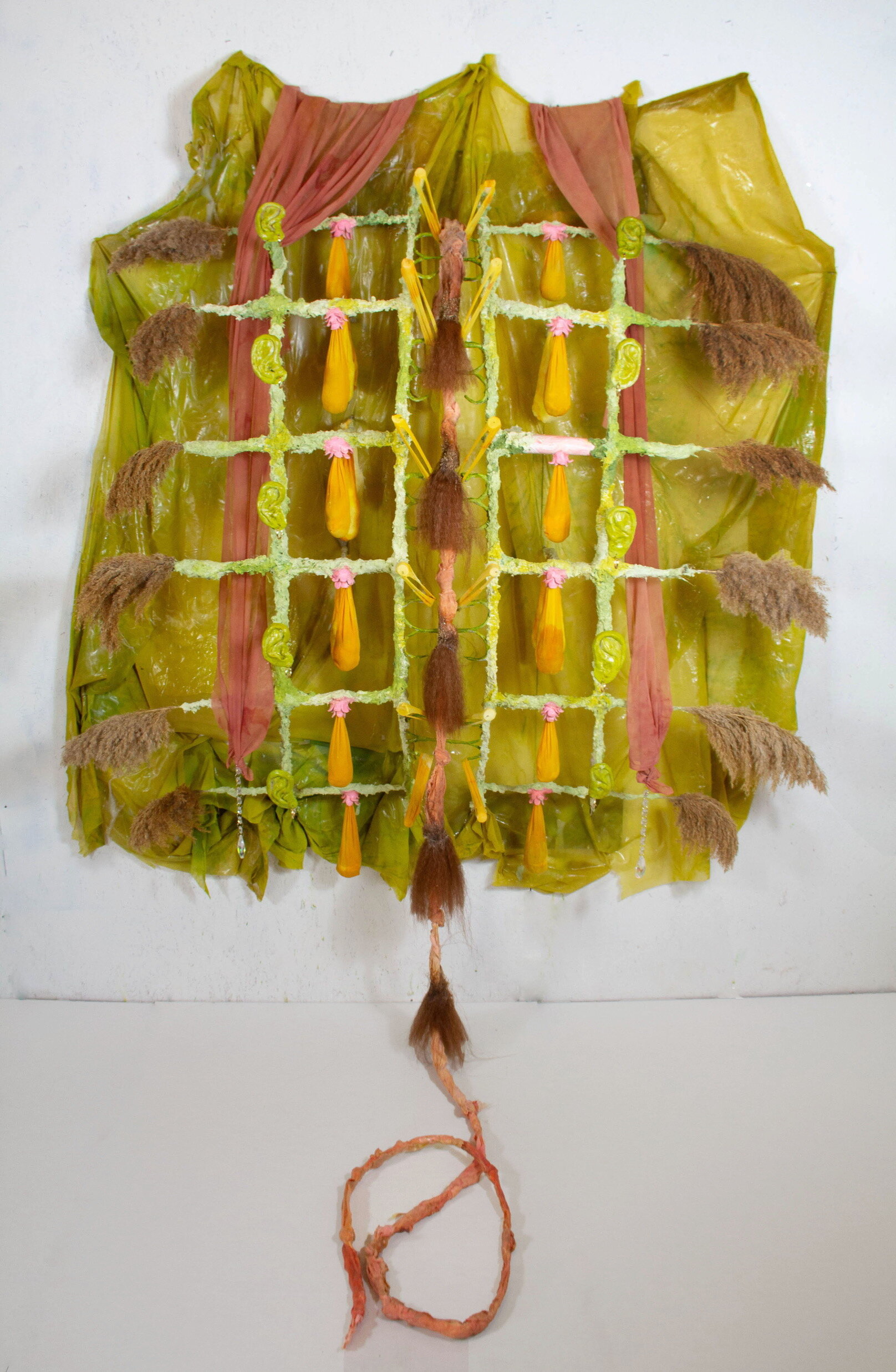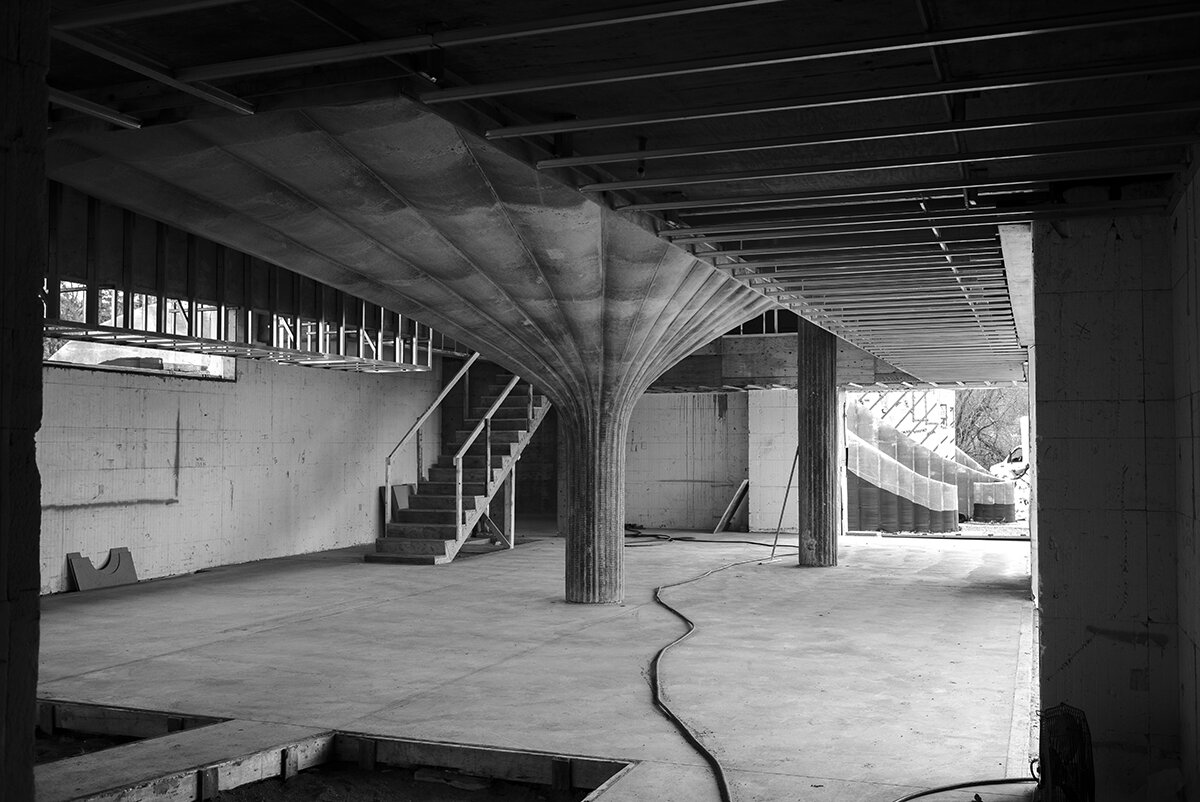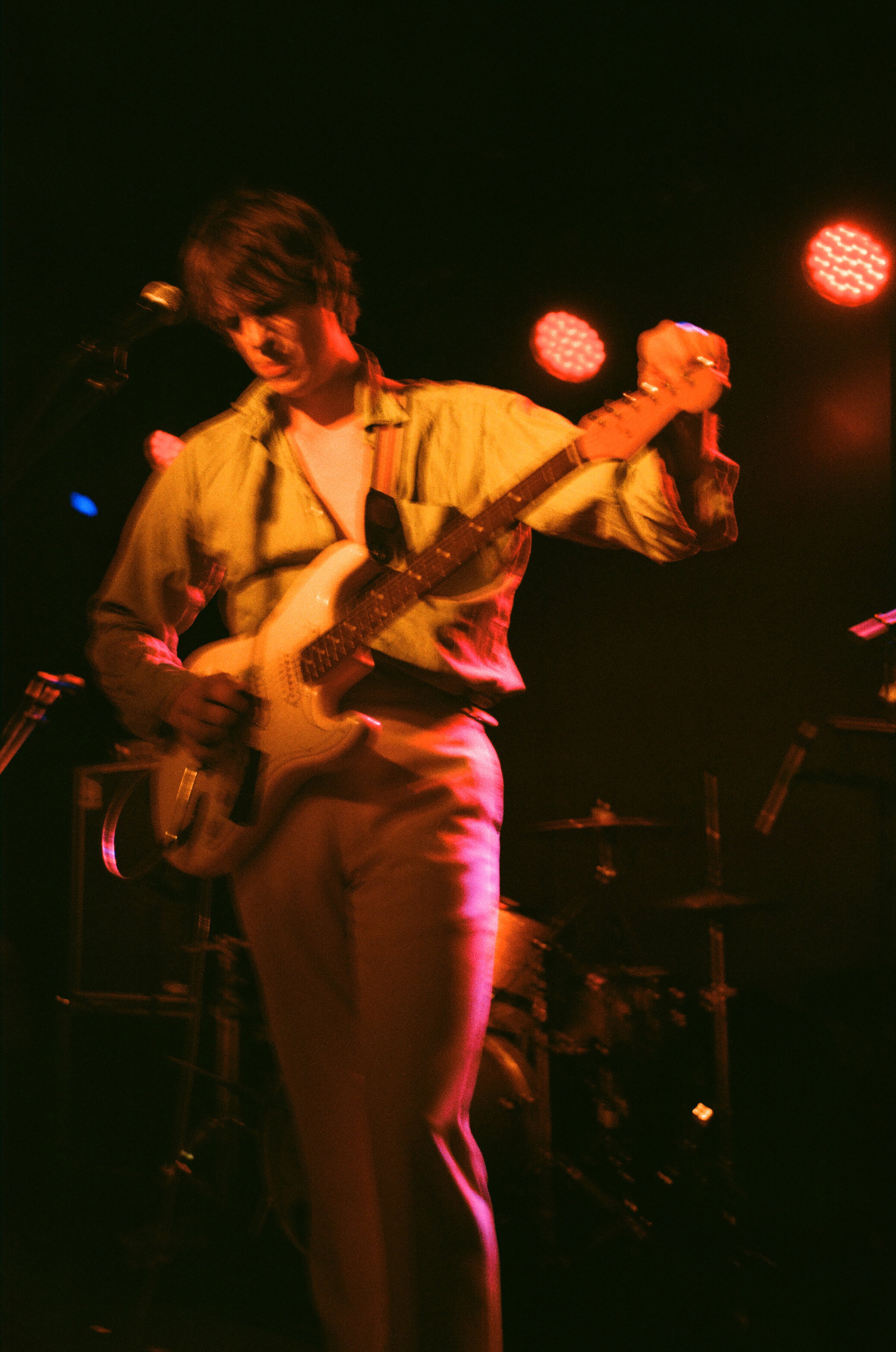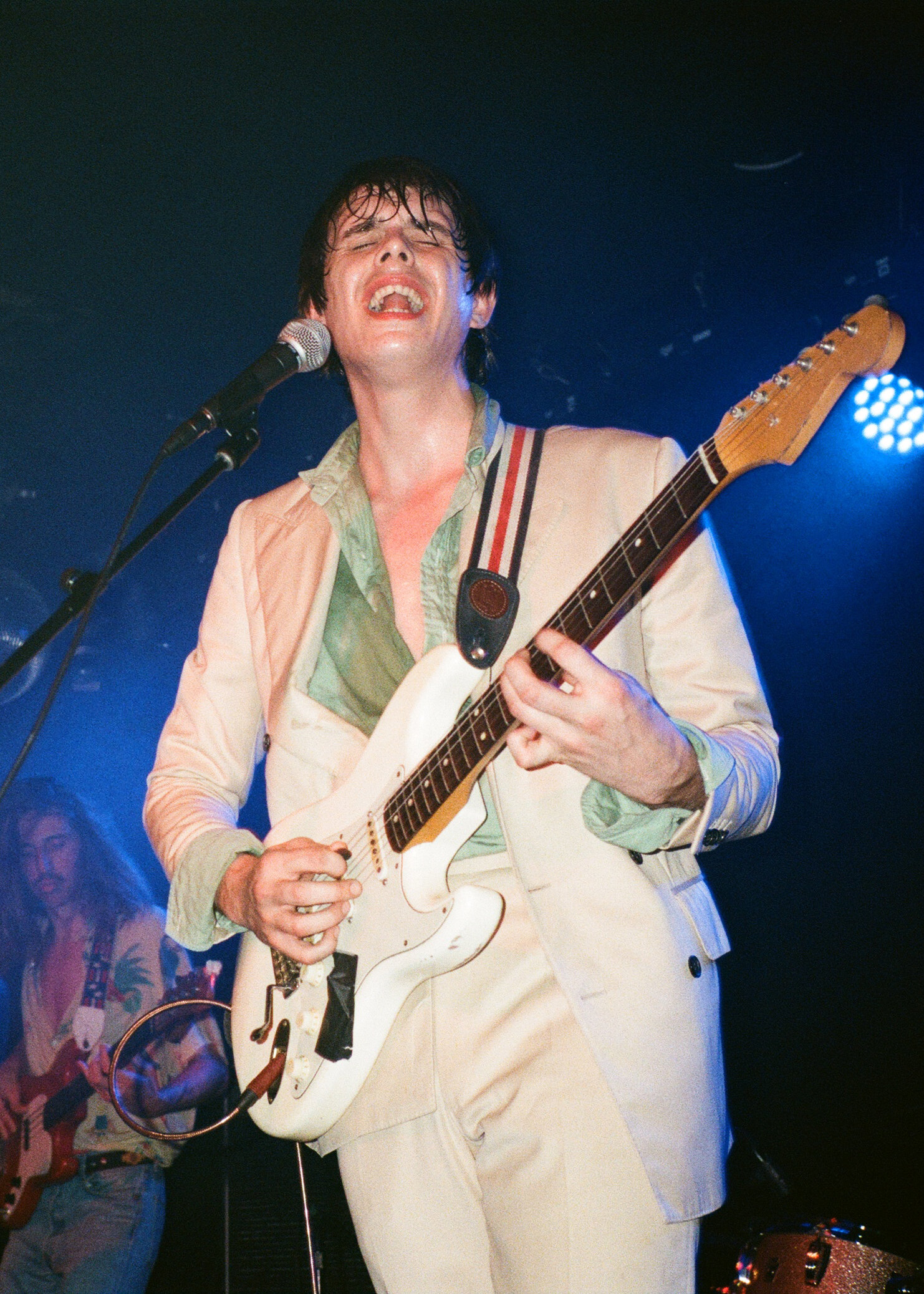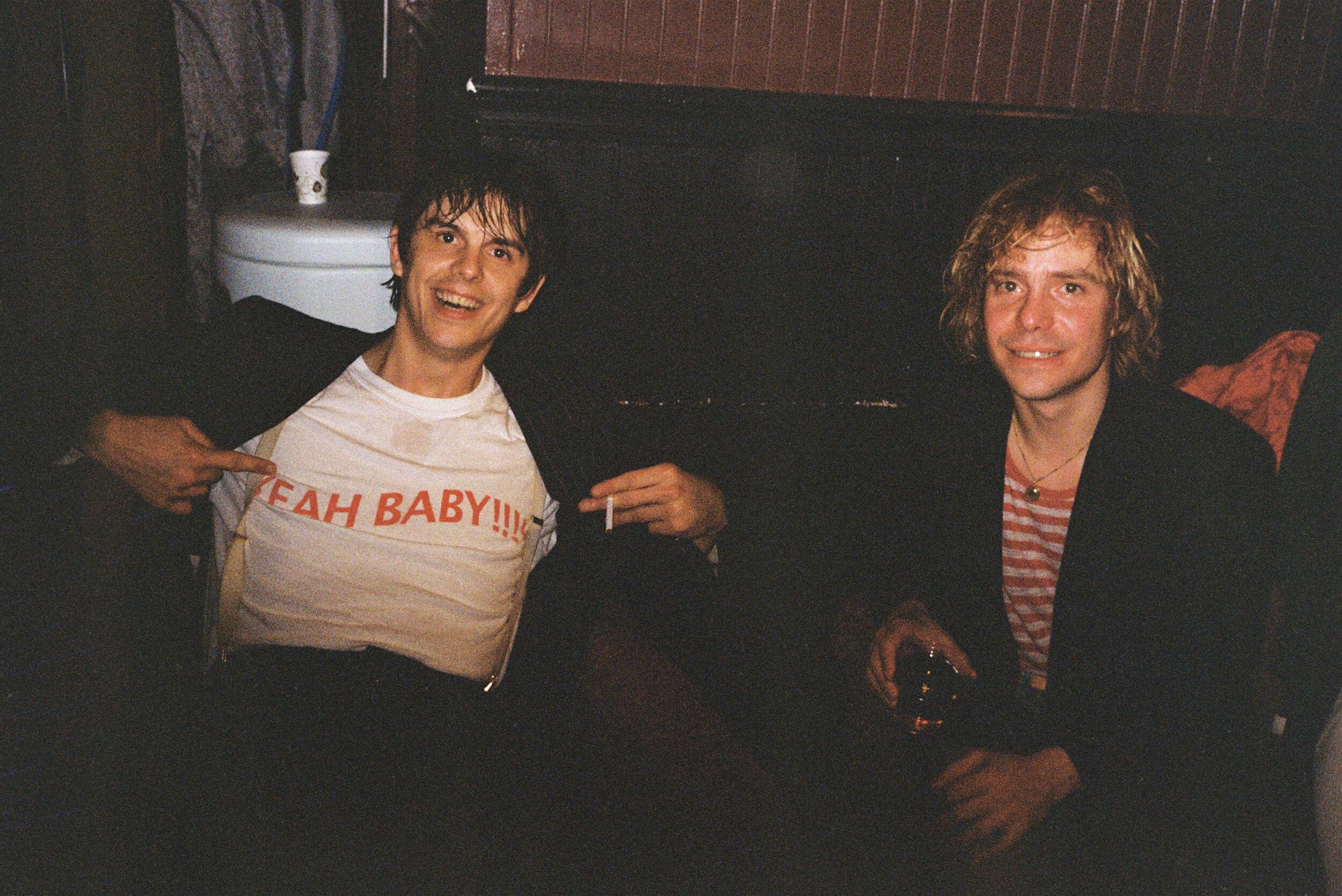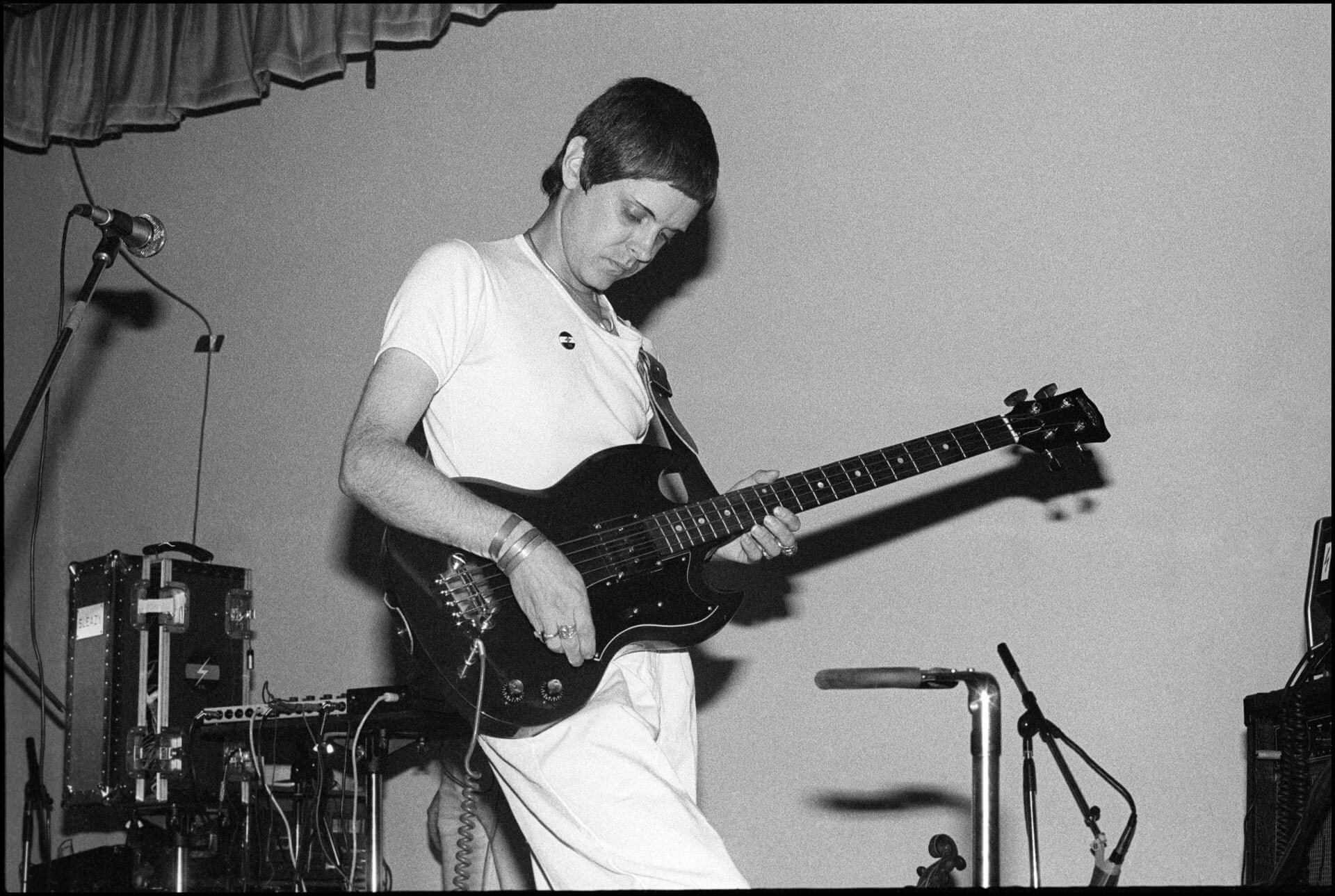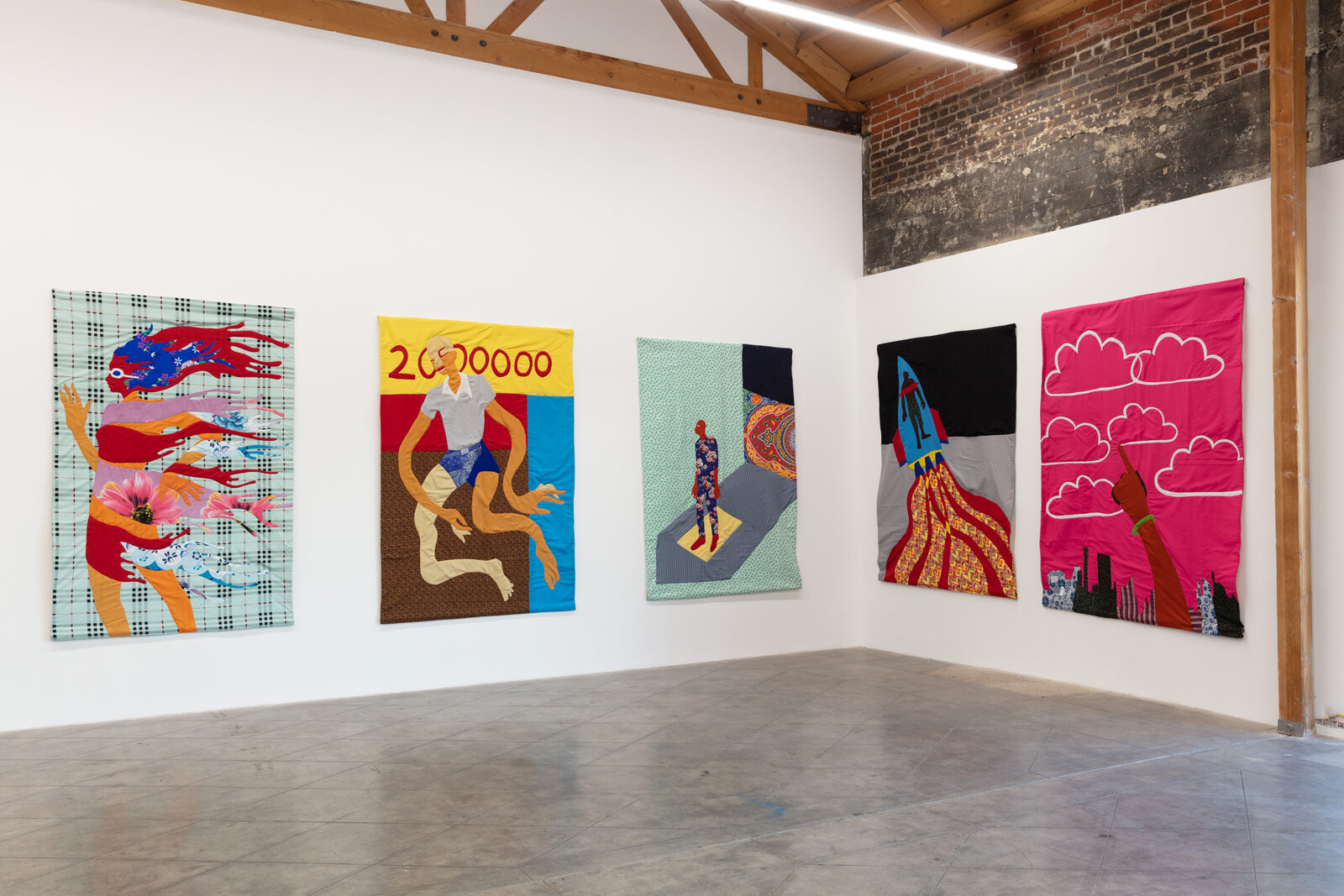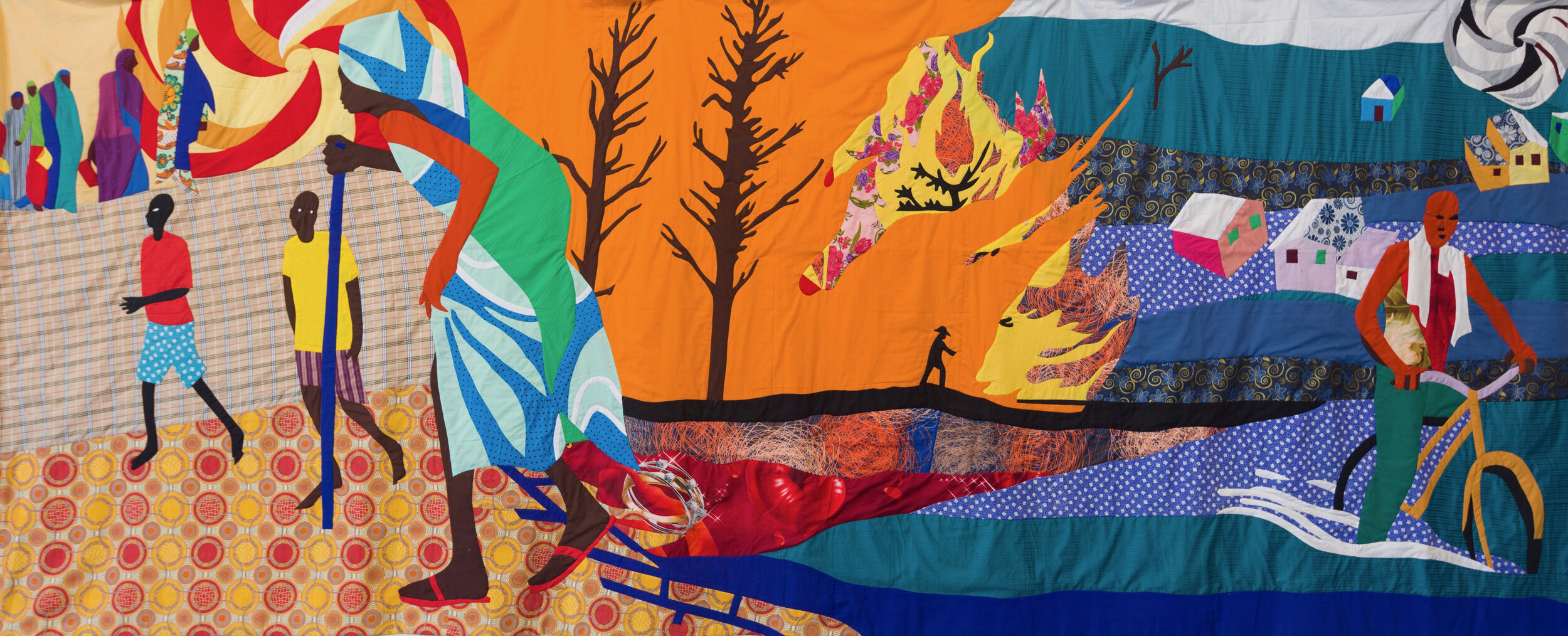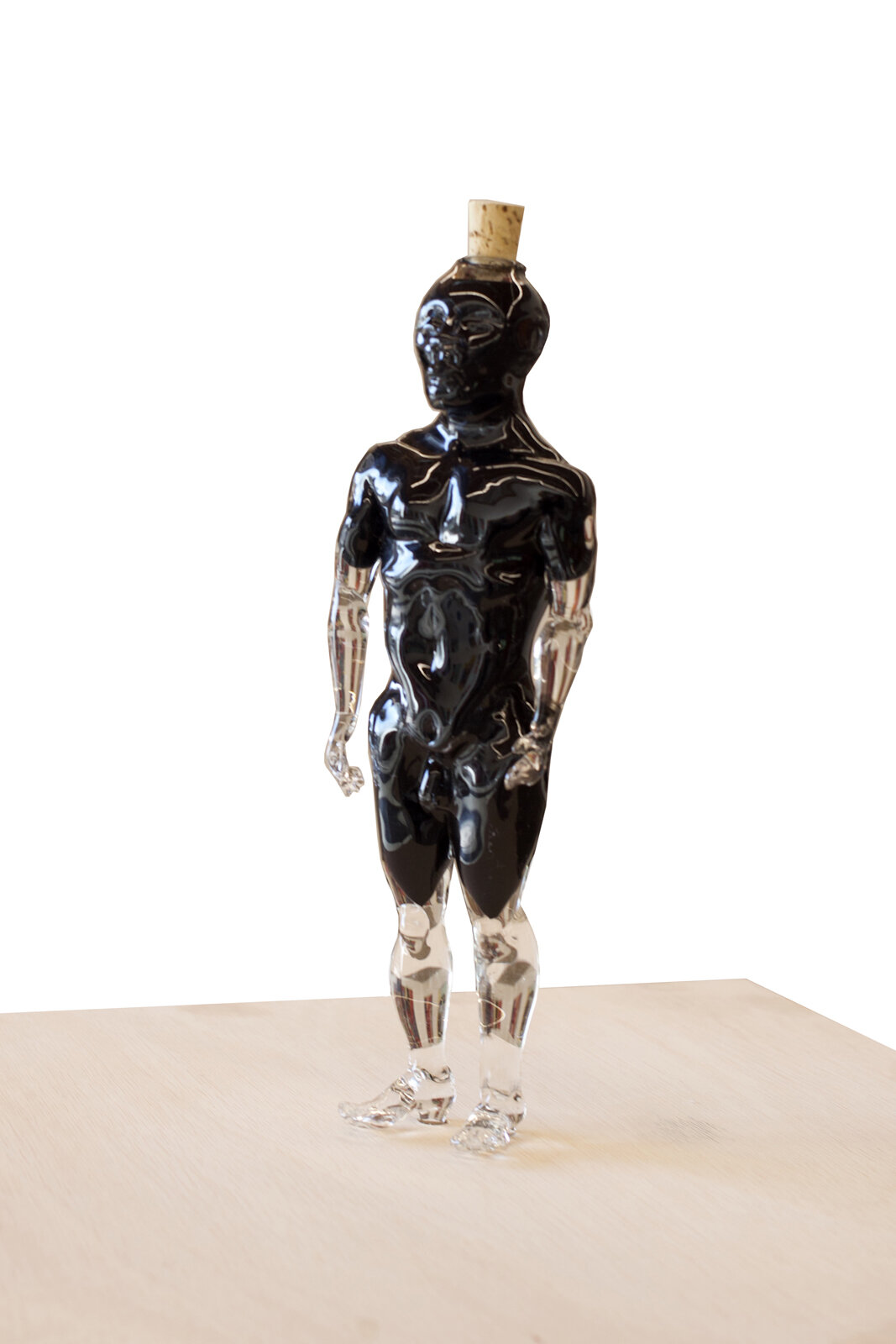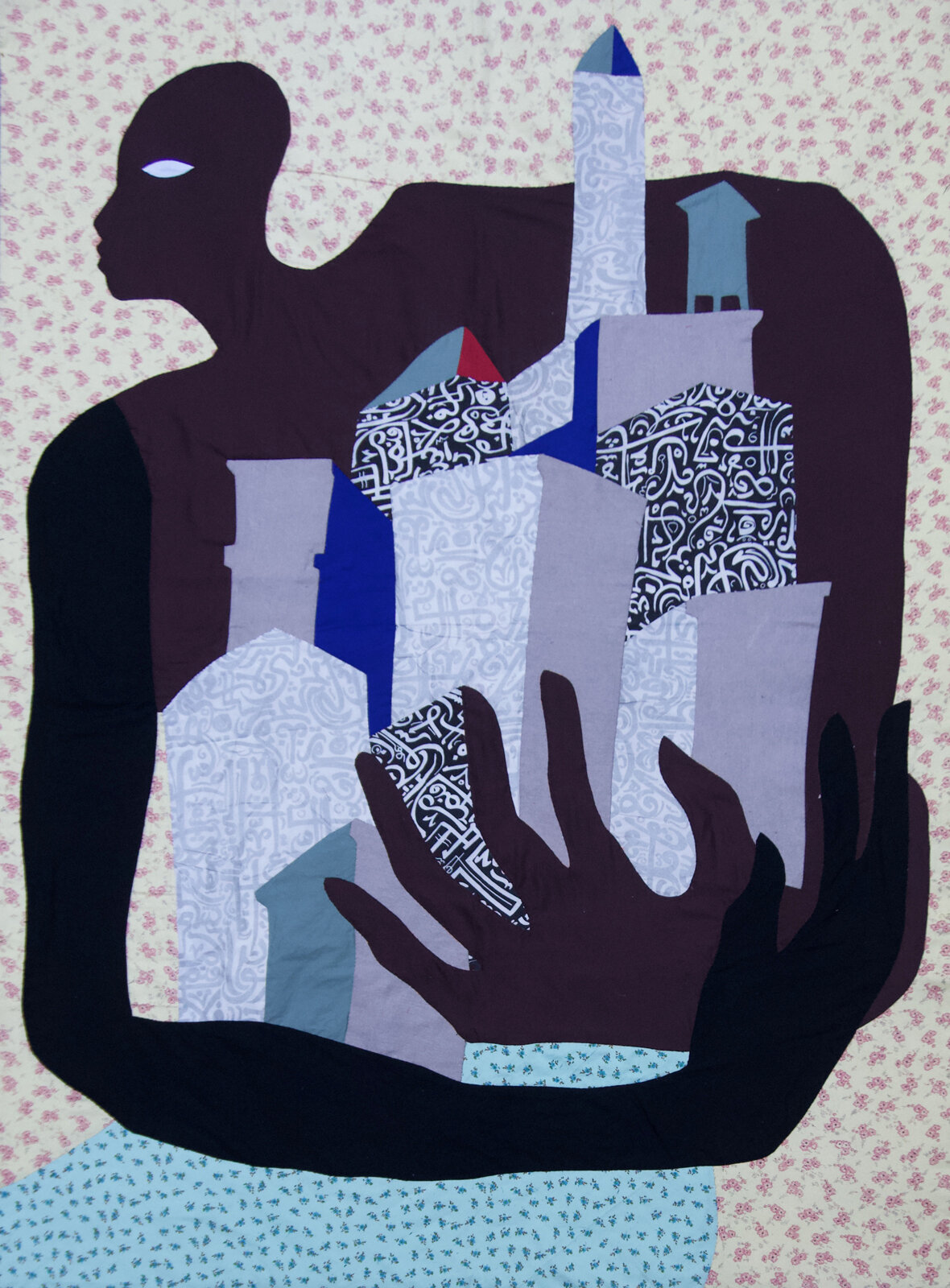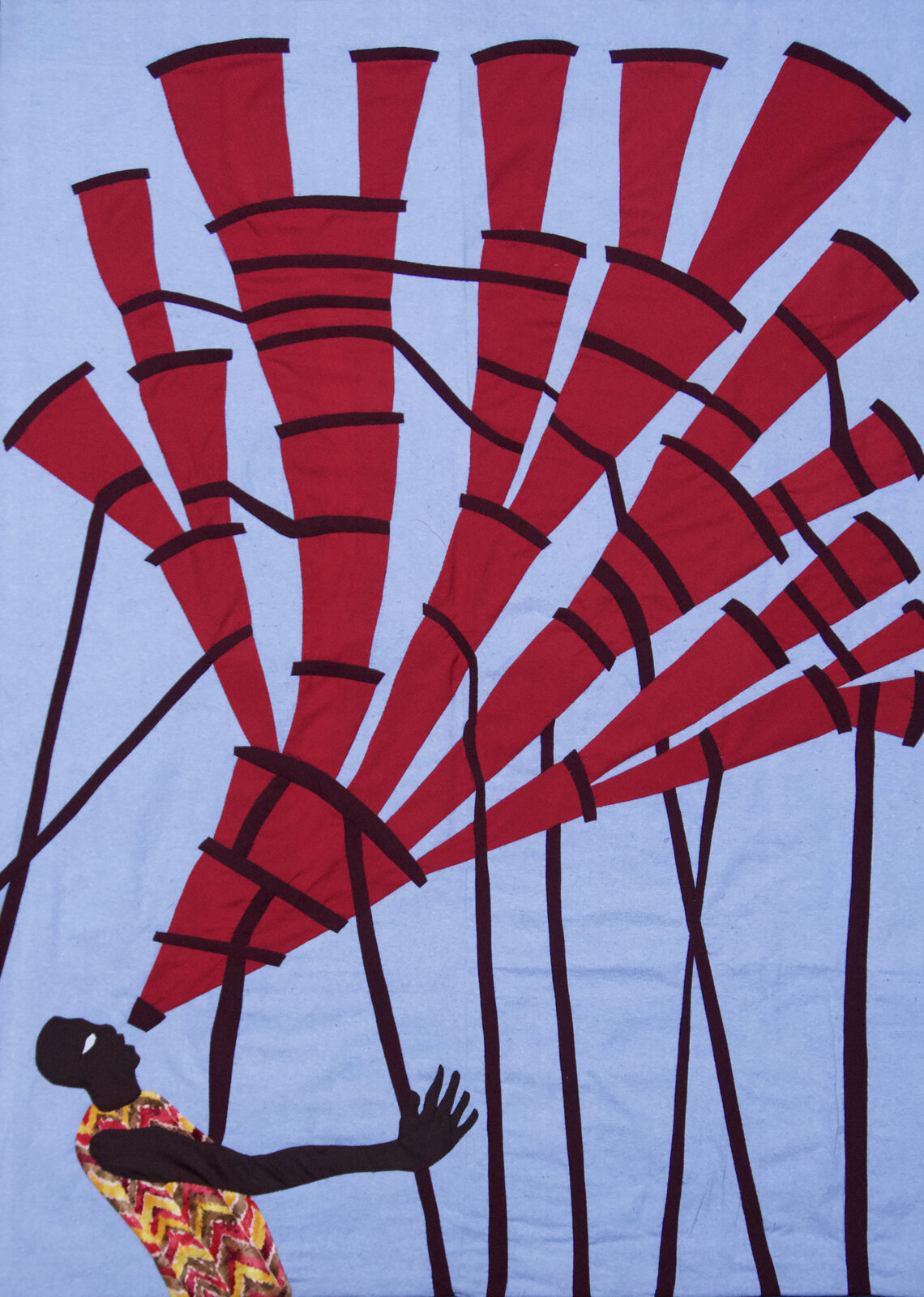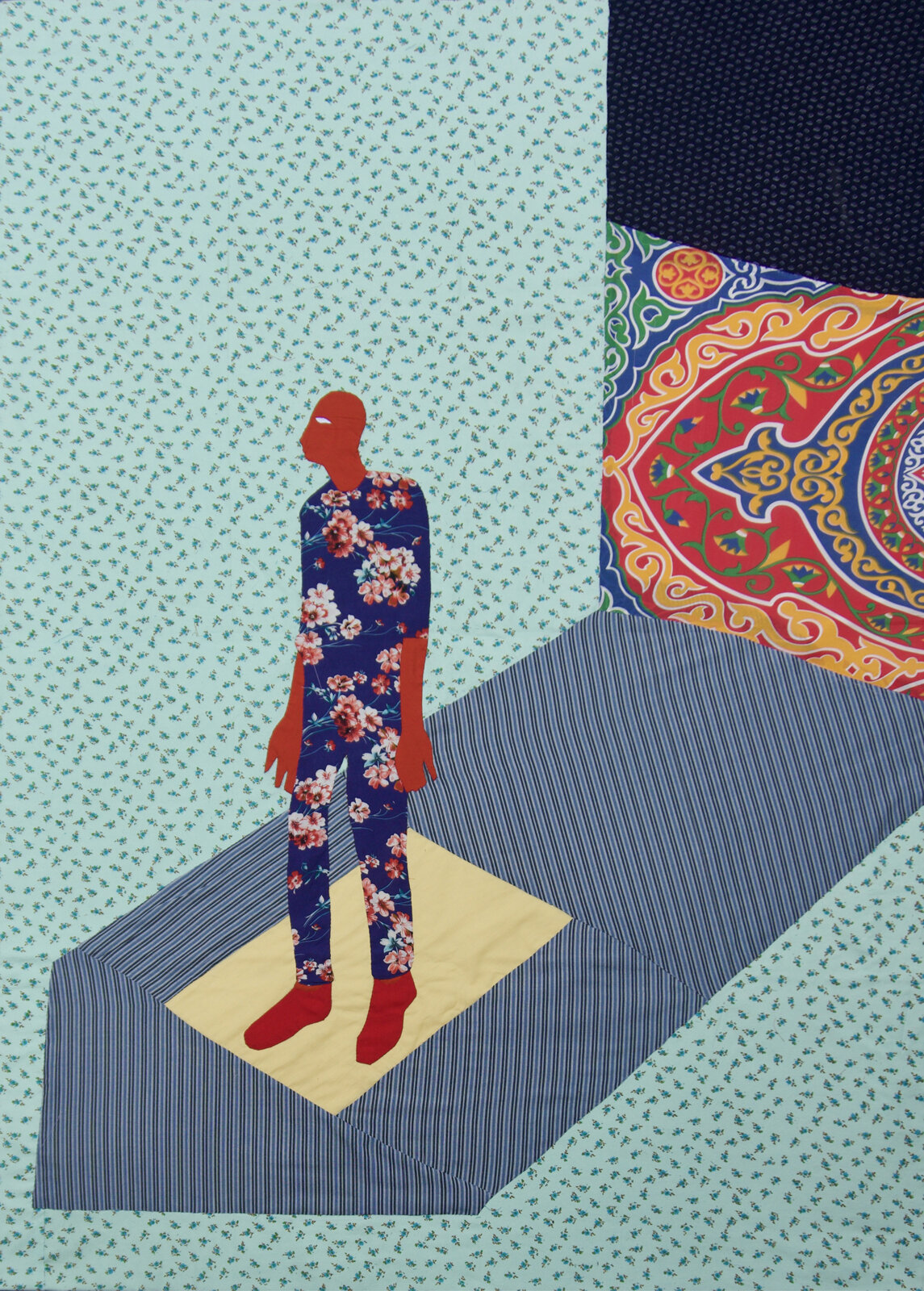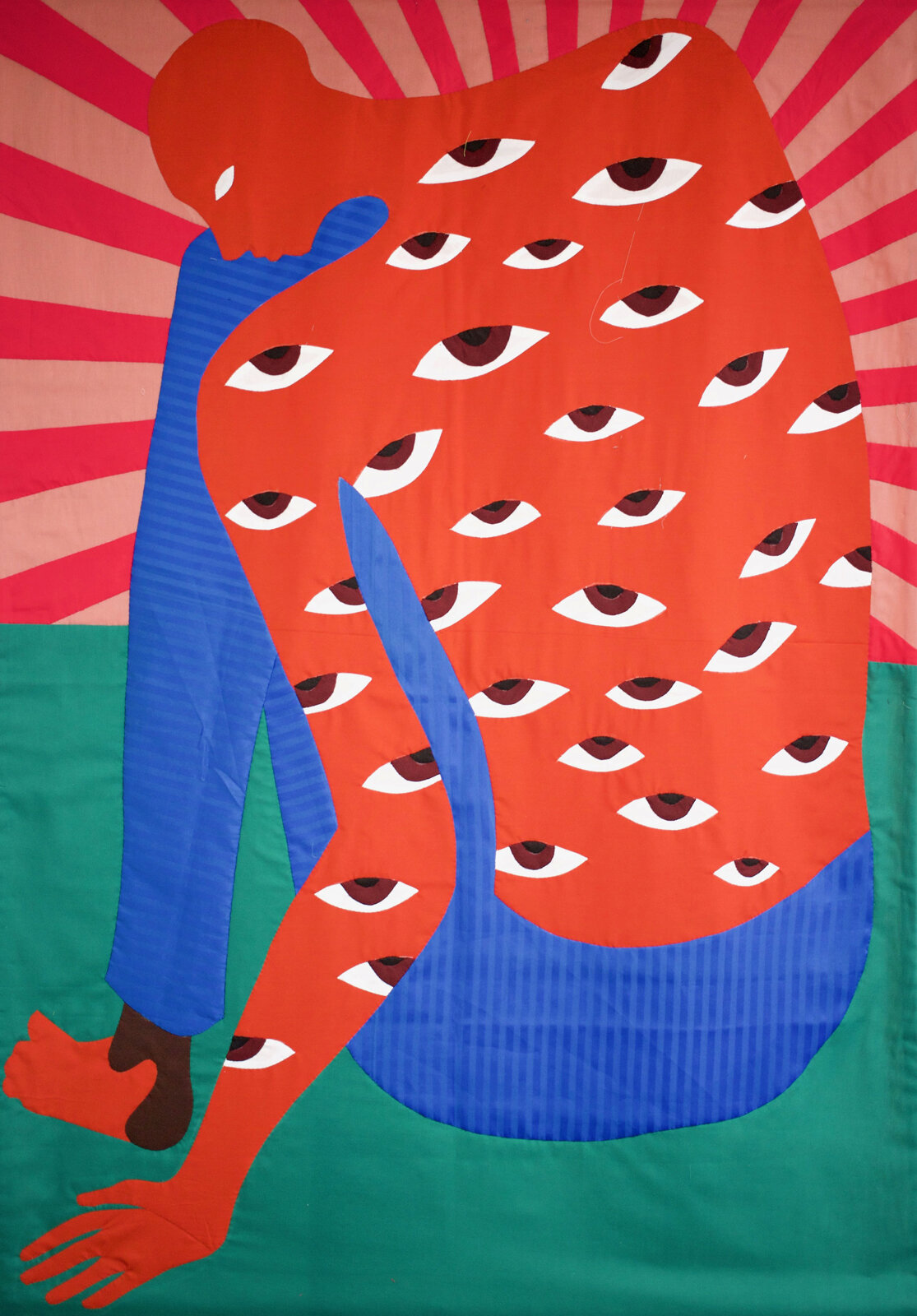sculpture:
Kelly Lamb
Moon, Star, Sun, You, 2015
corten steel, stainless steel, marble
74 x 34 in.
text by Bree Castillo
photographs by Dana Boulos
A serendipitous trip through Europe was the inevitable catalyst for Candice Molayem to begin her ascent into design with her evergreen clothing line, Animal Crackers. Since its conception in July of 2020 with the intention of inspiring empowerment for her audience through wearable art, Molayem has been creating her circum-vitae of ethically-crafted garments full of futurist visions that harken eras past, sharp tailoring, and avant-garde silhouettes. Molayem transcends the norms of the traditional fashion calendar and the constant urge for the new, emphasizing on season-less collections that are made to endure and be worn year-round.
With her informal education as a seasoned, vintage designer, tattoo artist, painter, and stylist, Animal Crackers is a synthesis of all her past selves. Each collection uncovers different facets and layers to Molayem’s identity, each as true and as beautiful as the next. Her latest and sophomore capsule collection, Space Talk is inspired by her inherent need to escape reality even if just for a moment. Sewn into every piece is a breath of retrofuturism, giving life to shape, color, and full dimensionality. On May 20th-23rd, Animal Crackers will be showcasing their latest designs in their long-anticipated pop-up in West Hollywood.
CASTILLO: How did you first discover your affinity for fashion and design?
MOLAYEM: How did I find it? It was something I always had. My mother always tells me that. As far as I can remember I have loved clothes, fashion, and color. It is something I have always been obsessed with. Creating has always come naturally to me. My mom is an artist. Growing up, she worked from the guest house. I grew up around it. Anything creative was really encouraged, and it came naturally to me. I have never done any school or classes. I explored so many mediums. Right now we are doing a pop-up and I'm styling wigs and sculpting. I have never done that before, but I am figuring it out.
CASTILLO: How did Animal Crackers come to be?
MOLAYEM: I'm a huge fan of Pierre Cardin and was absolutely mesmerized by his boutique in Paris during a trip there in 2019. His muse and director of haute couture, Maryse Gaspard, happened to be in the store at the time, and she was easily the most fabulous woman I've met in my life. We ended up chatting and she assumed I was a designer. When I mentioned I wasn't, she insisted I become one. Although I had heard it from friends and family countless times over the years, it felt different coming from her. It was the nudge from the universe I needed, and Animal Crackers was born.
CASTILLO: I am curious to know what your creative process is like?
MOLAYEM: It is changing because now I am working on my third collection. So, now I have a collection to build off of and to expand. When I start designing, I am trying to create who I want to be next. How do I want to feel when I wear this? What is the energy of this next collection? All along I am collecting references and vintage, and it just all comes together in that way. Who do I want to be when I put this shirt on?
CASTILLO: What can you tell me about your latest capsule collection Space Talk?
MOLAYEM: I have always been very obsessed with retrofuturism and looking forward. This collection was conceived while—like everyone else—I was stuck at home, and I just really wanted to leave this world for a minute. I am an escape artist.
CASTILLO: How do you go about taking totems from the past and ‘futurizing’ them?
MOLAYEM: The vintage I am inspired by isn’t really practical. Making it wearable is the future, being able to wear your art. When creating the pieces, I put them on and wear them for five days in a row. In the process, I might notice that something doesn’t adhere to a modern lifestyle, In which case, I make changes to make it comfortable for long-term wear.
CASTILLO: I am constantly amazed by the way you lay fabrics to create these avant-garde silhouettes. Where do you draw from when creating your strong shapes?
MOLAYEM: I believe clothing should have movement and I'm obsessed with shape. I look to vintage pieces and update them in ways that feel right for me. A friend has even used the word "shapes" as an adjective to describe me.
CASTILLO: Creating sustainable fashion is crucial. How are you doing your part with creating environmentaly-friendly designs?
MOLAYEM: I take so much pride in first of all creating these pieces fifteen minutes away from my house. I don’t consider the place that sews our clothing a factory. The owners I work with directly are husband and wife. I feel so good about where these pieces are getting made and supporting our local economy. The people I work with really care. My pattern maker is just downtown as well. Now, I have some new contractors on bags and belts and they are all downtown. They don’t have minimums or very high minimums, which allows us to create less excess. I don’t need to create more and have all this leftover. We are sourcing our fabrics from one of my favorite vendors, a little mom-and-pop mill in Barcelona. I also include dead-stock fabric in every collection. And although there’s not a ton of it, I love finding ways to use and reuse the leftover material from past collections.
One thing about the fashion industry that drives me crazy—and I think it drives a lot of people crazy—is how often we have new. The fashion calendar doesn’t make sense to me; I don’t understand it. I can’t follow it. It’s too fast for me. I think there has been a lot of conversation about this, and people are waking up to how messed up it is.
CASTILLO: What do you keep in mind when creating your garments that transcend gender norms?
MOLAYEM: I design clothing for people and don't have a gender in mind when creating. I love to blend the feminine and masculine. I’ve received great feedback on my pieces from people of all genders, and look forward to having more gender representation in my line and being able to expand my size offerings.
CASTILLO: How do you feel talking about fashion when the world is where it is right now?
MOLAYEM: Having less of a reason to dress up has only fueled my desire to dress up more. I believe in the transformative power of clothing and love the way the right outfit can be used to channel a mood. It's an important vehicle of self-expression that has really saved my sanity in these times. I am from a Persian-immigrant family and it completely informs the approach to my work. I am committed to amplifying diverse voices and showing faces that have traditionally been shut out of the fashion world. I was not aware of any designers in my community growing up and I am honored to be that representation for a younger generation.
sculpture:
Kelly Lamb
Geo Prism (prototype)
Photographs by Dana Boulos | @danaboulos
Interview by Bree Castillo | @bumblebr3e
Model Obianibeli Esu | @etherealchocolategoddess
Clothing by Animal Crackers | @animalcrackers.clothing
Art and Location: Kelly Lamb Studios | @kellylambstudios
Produced by BJ Panda Bear | @bjpandabear








